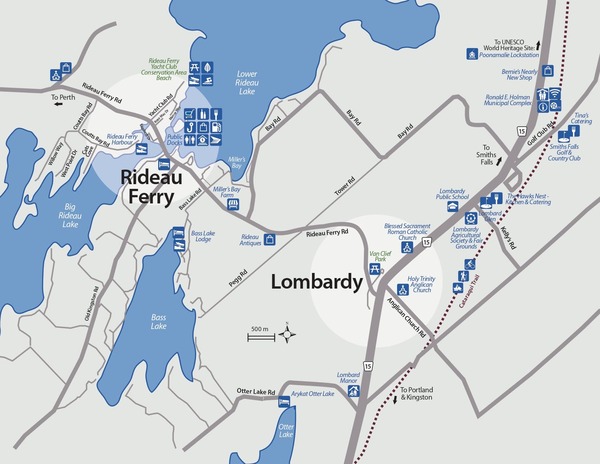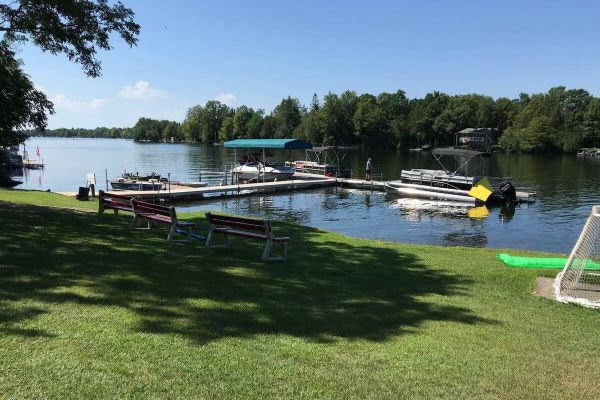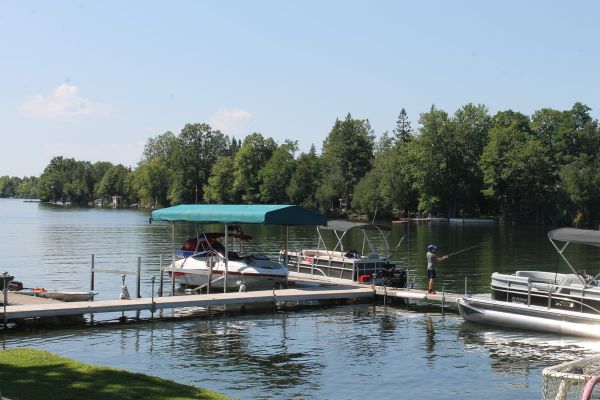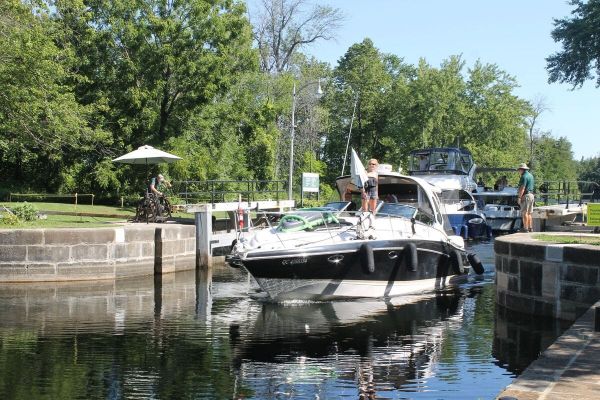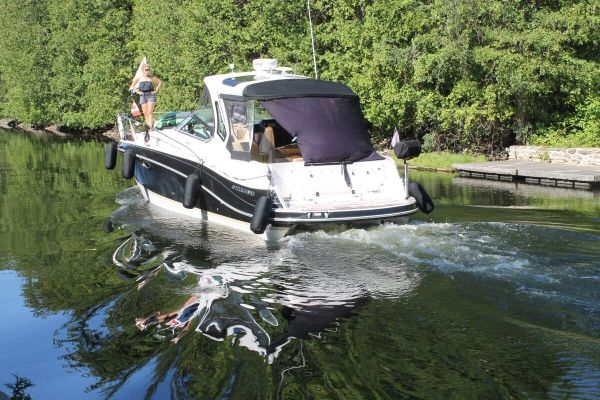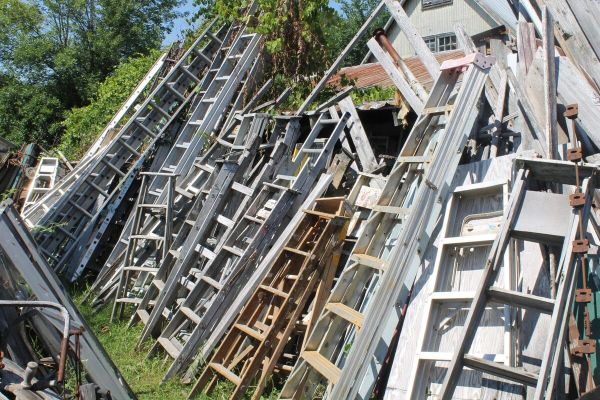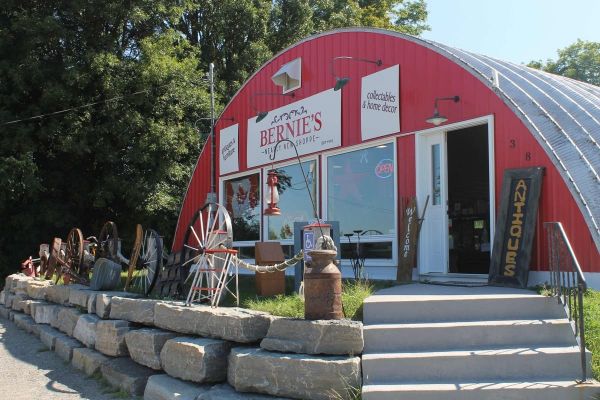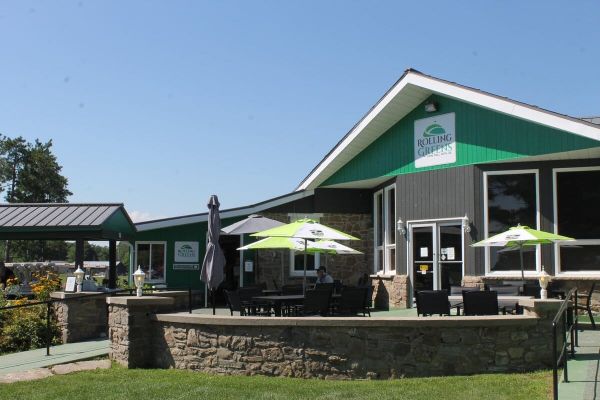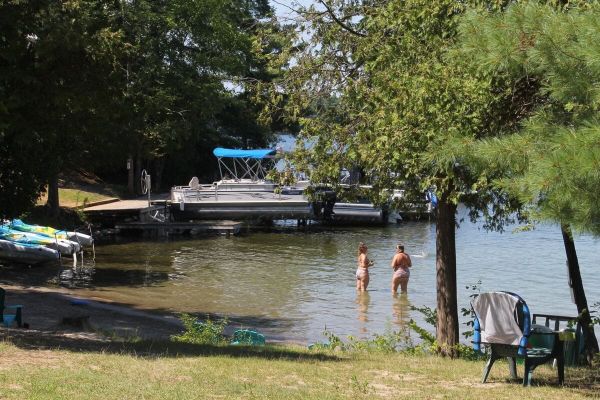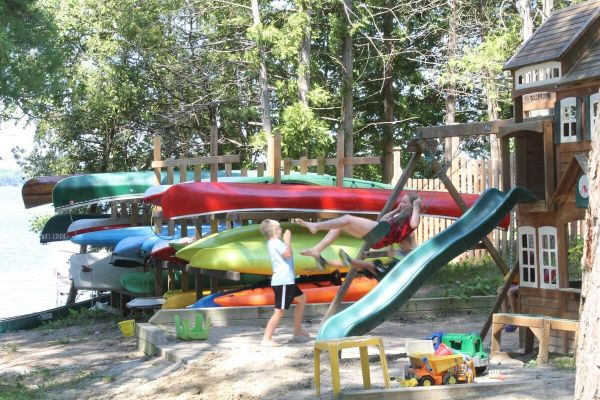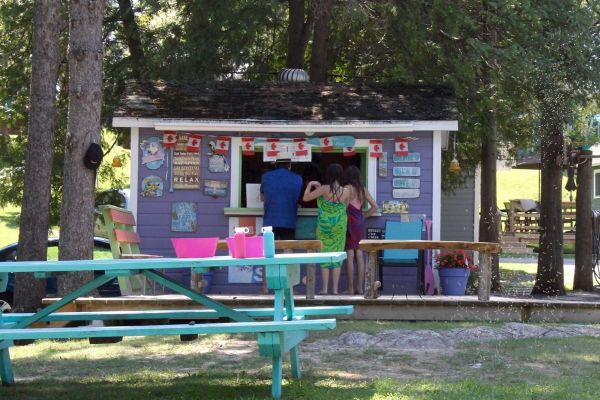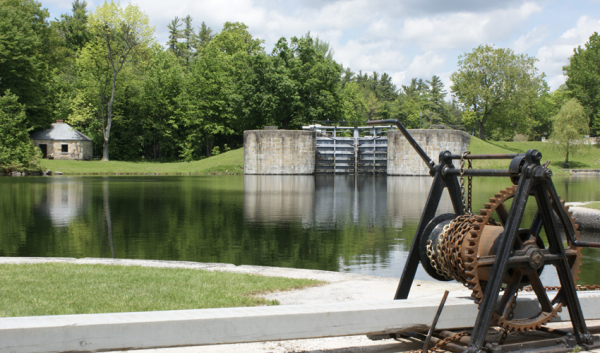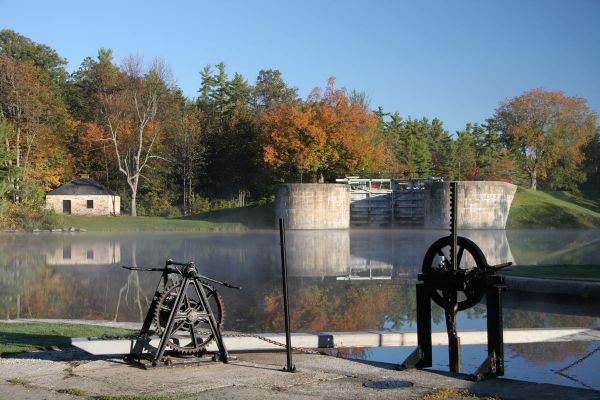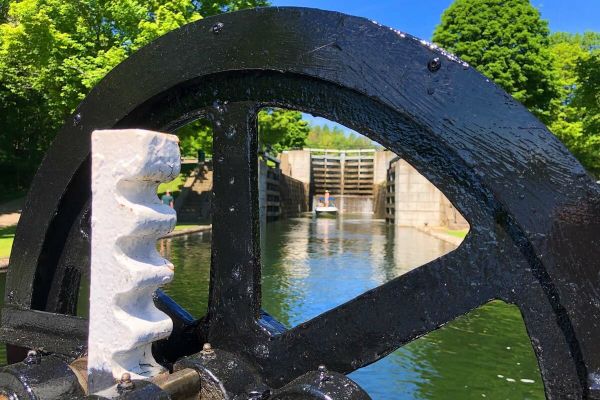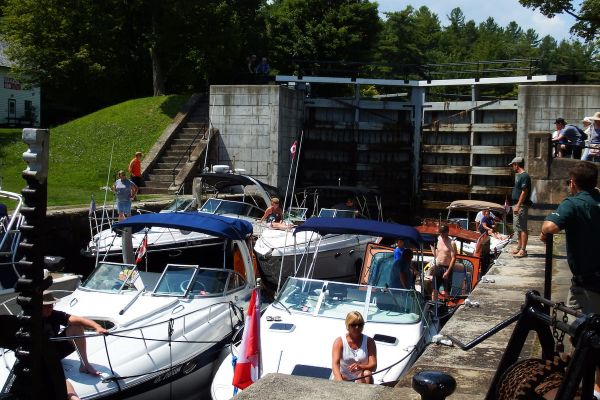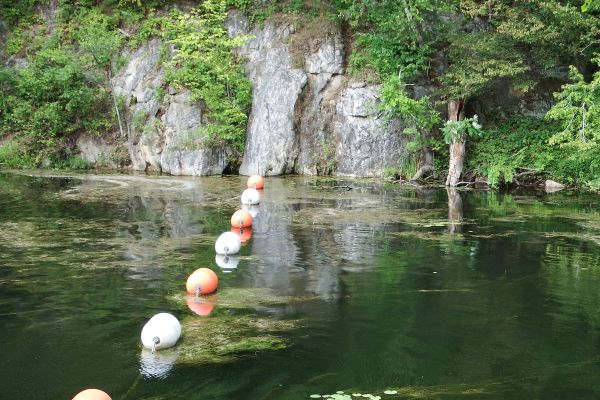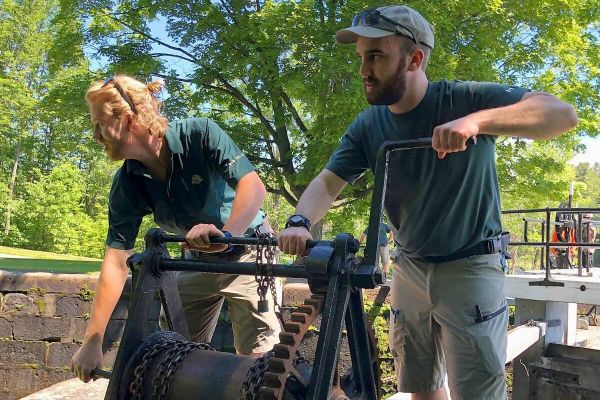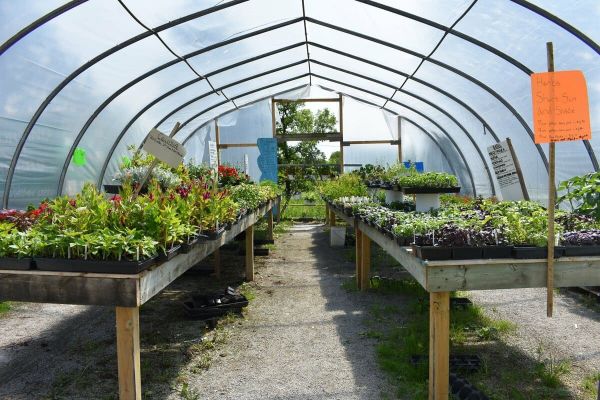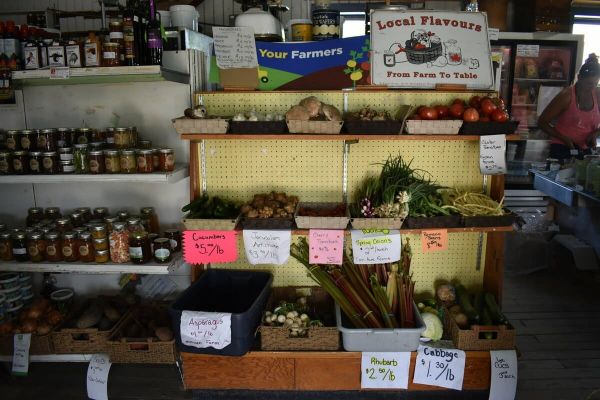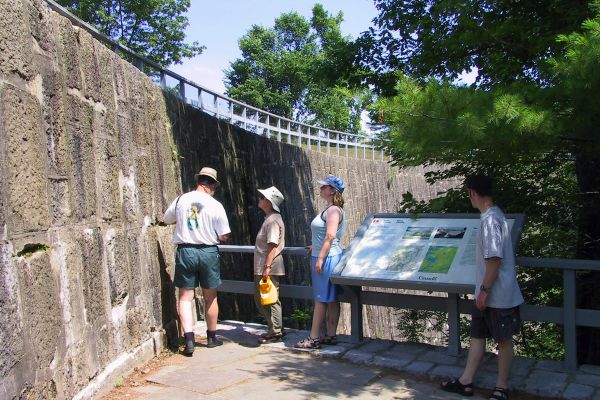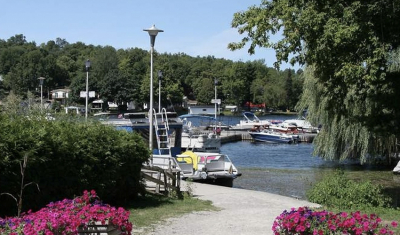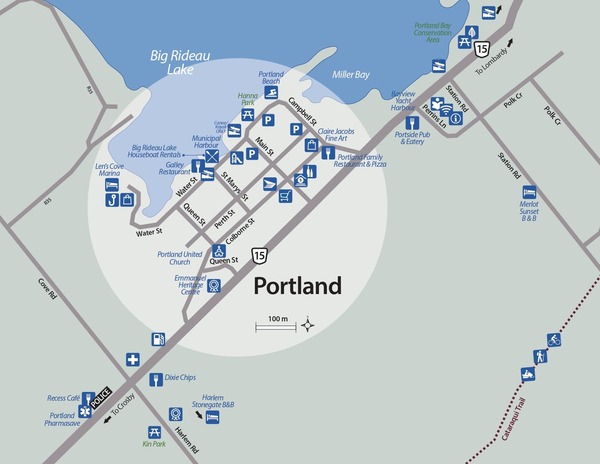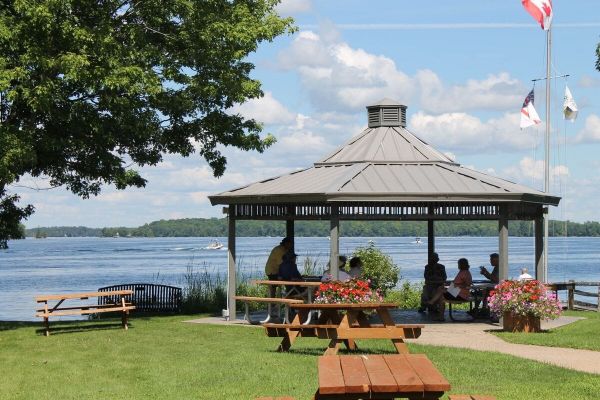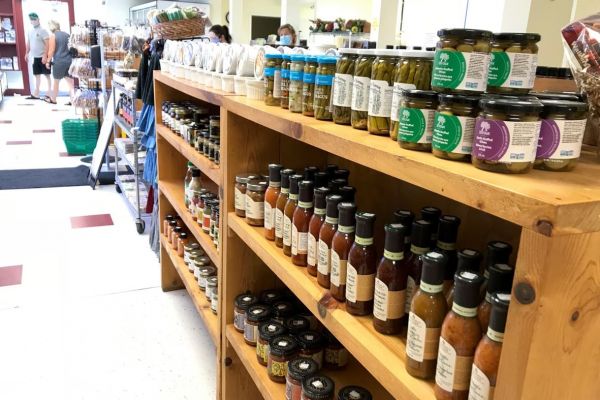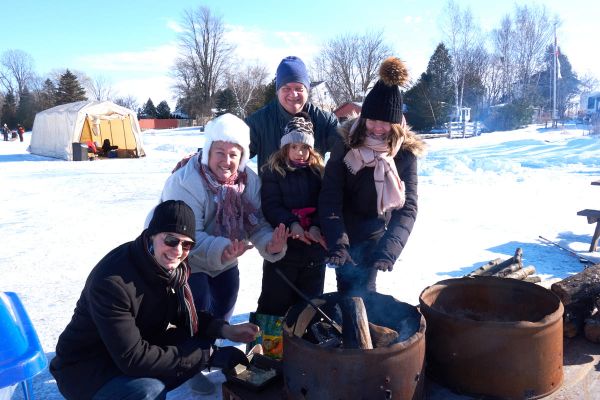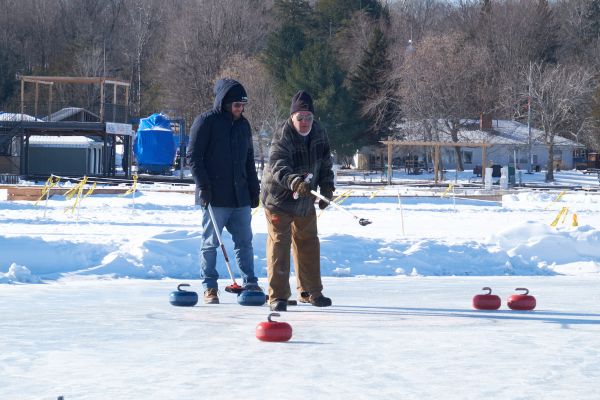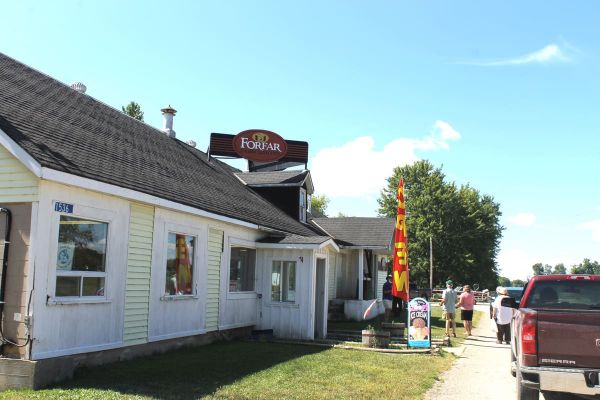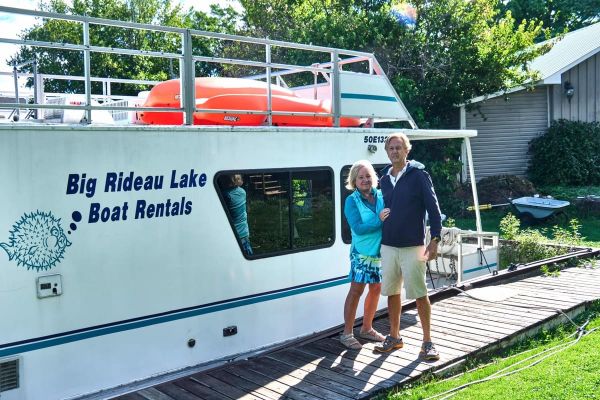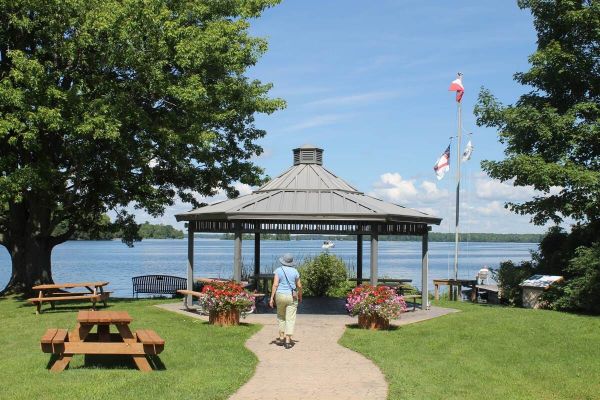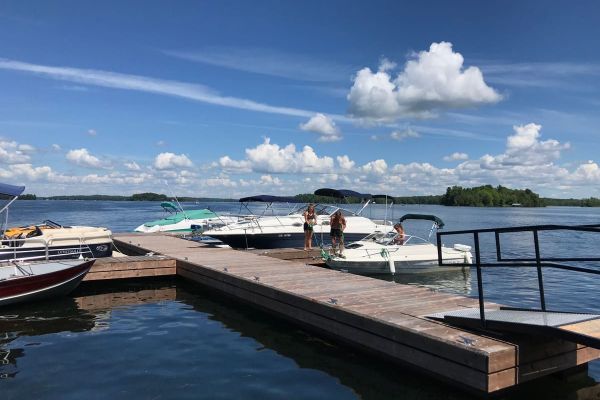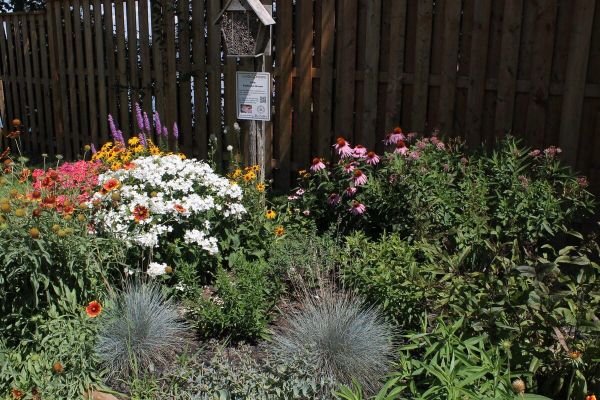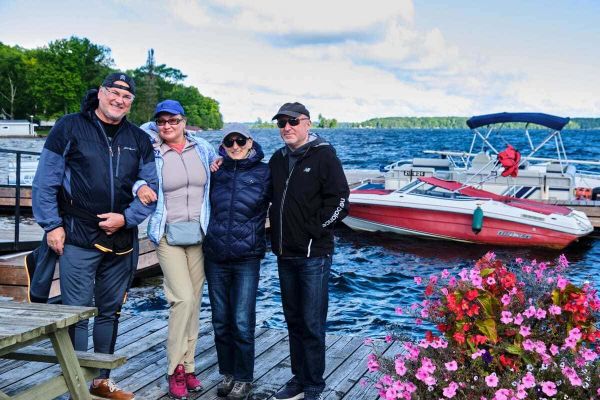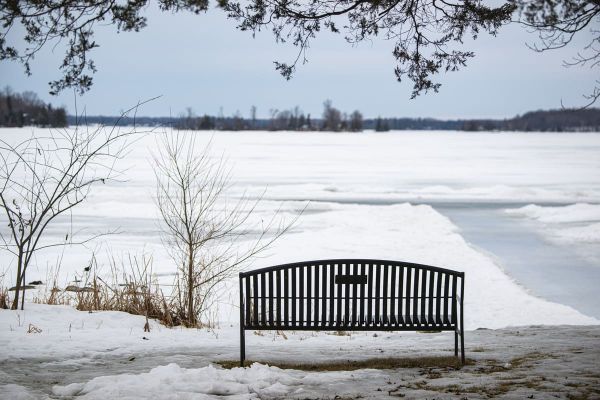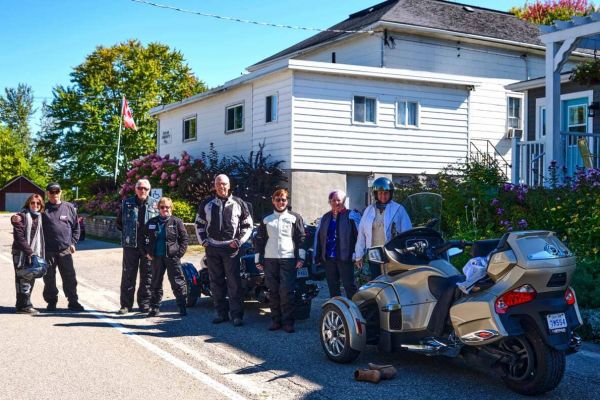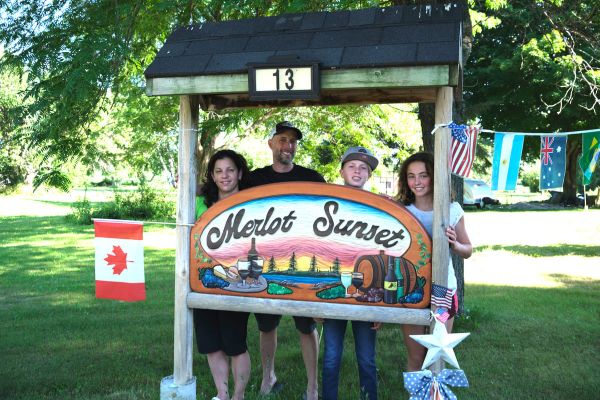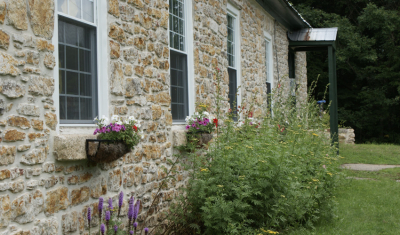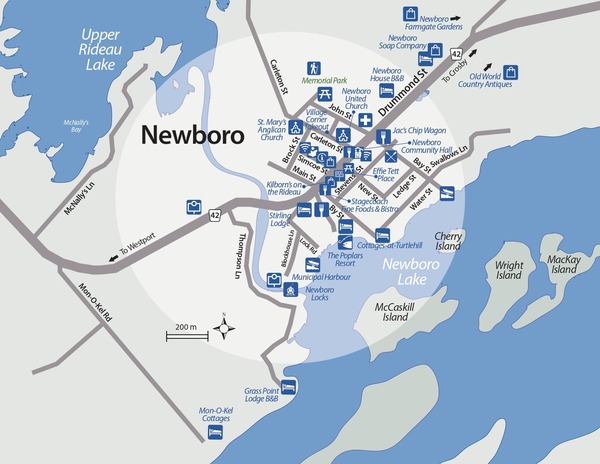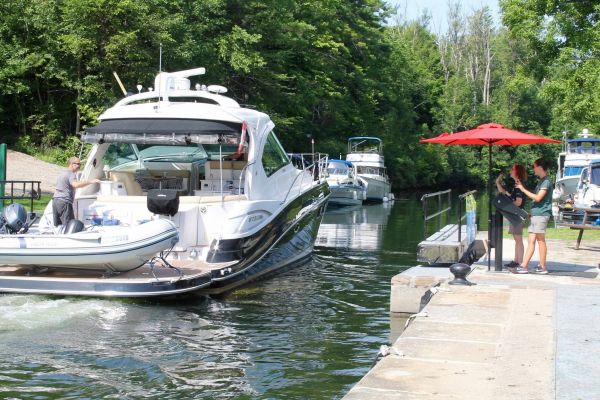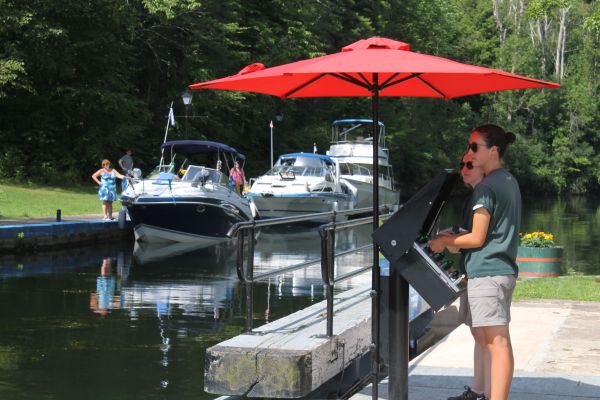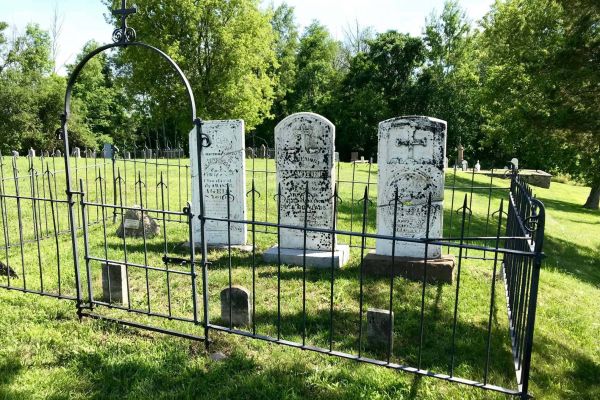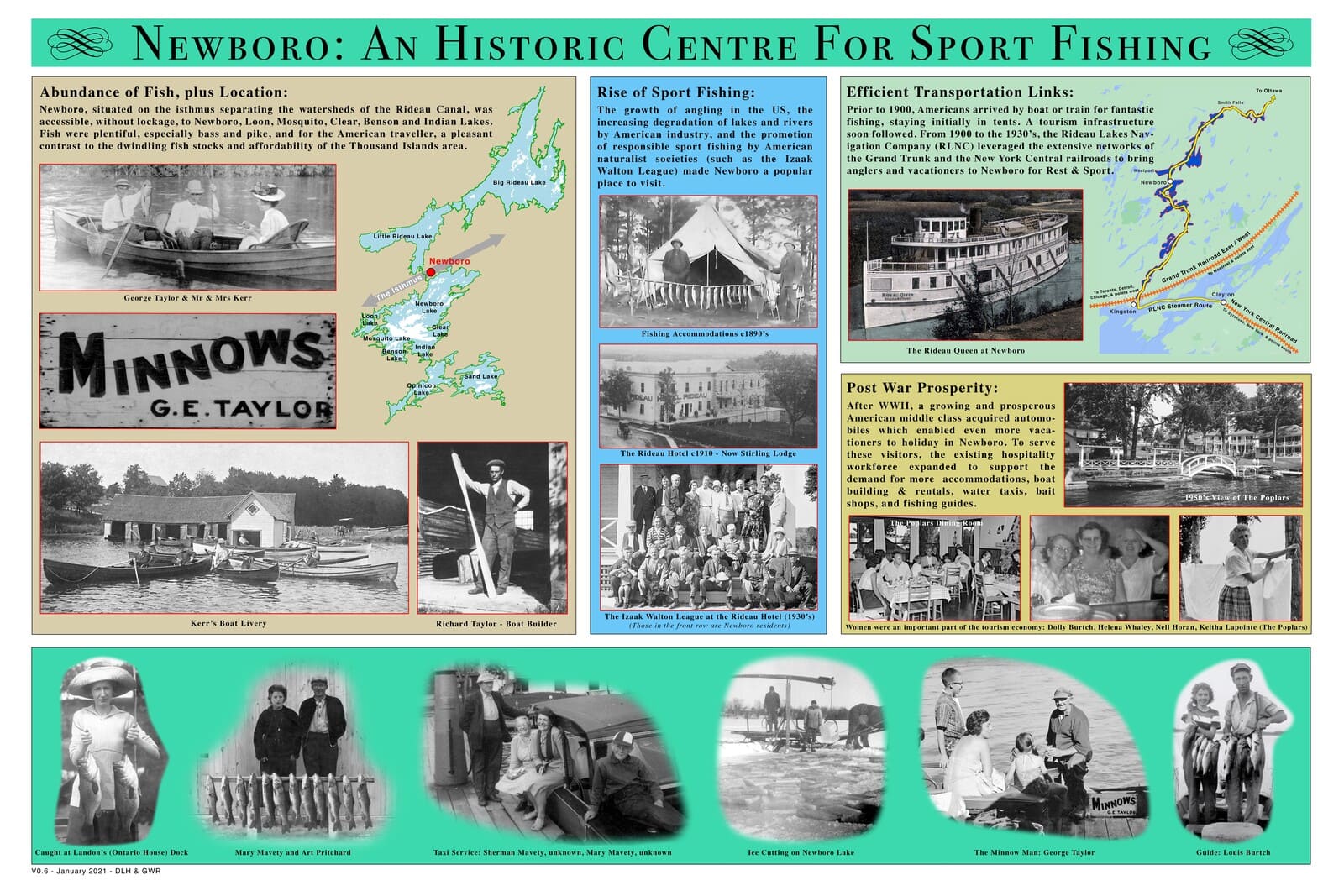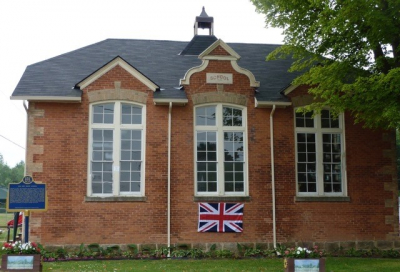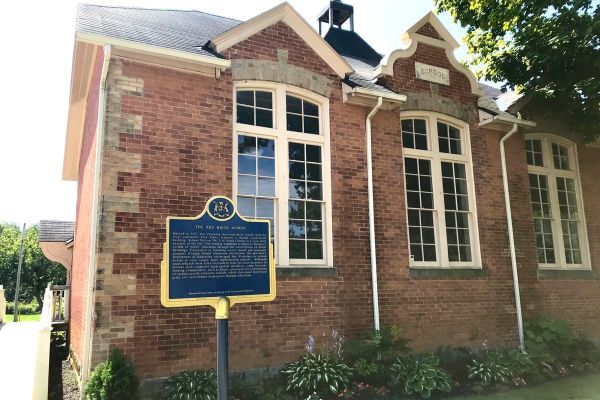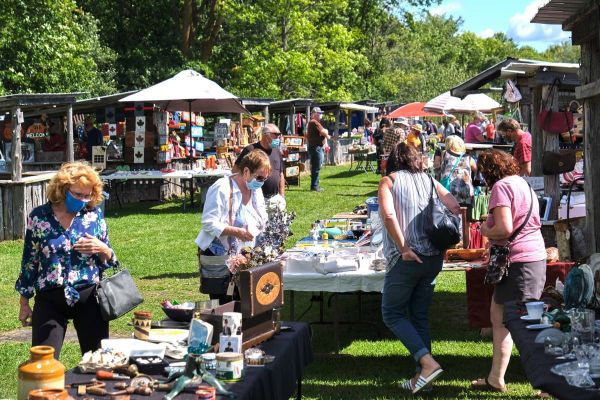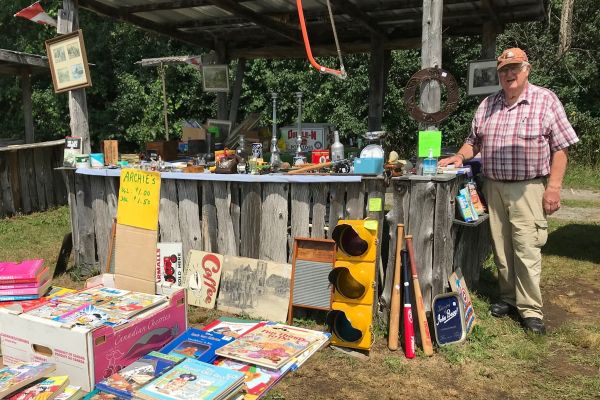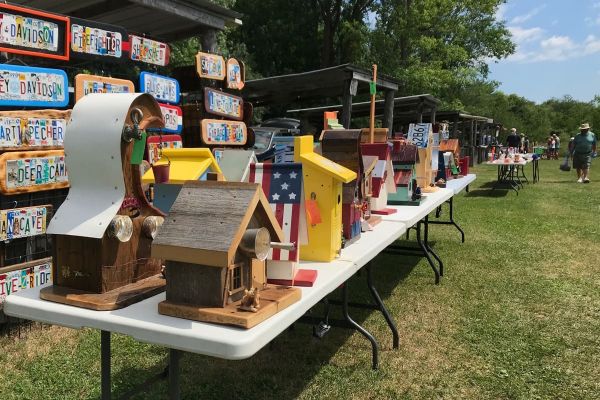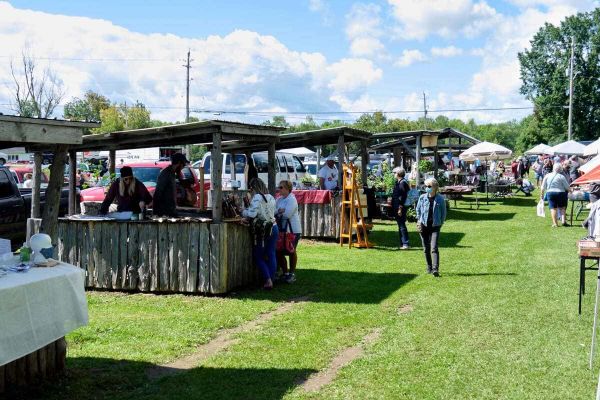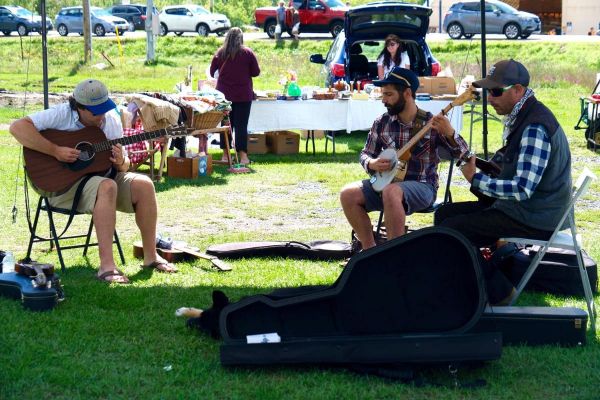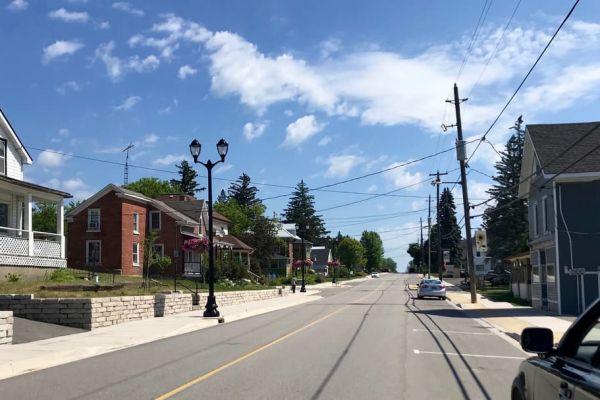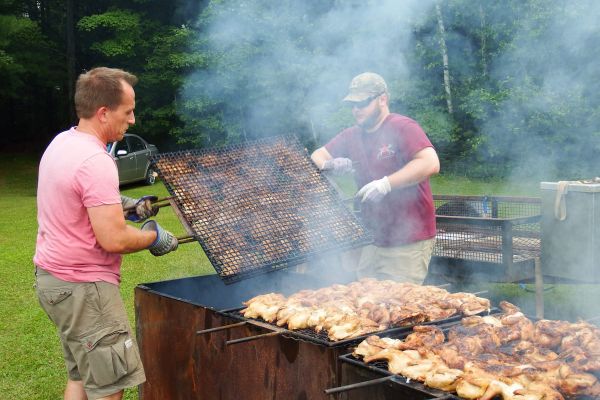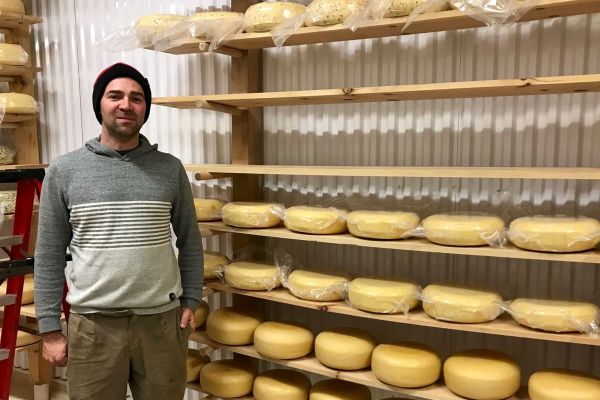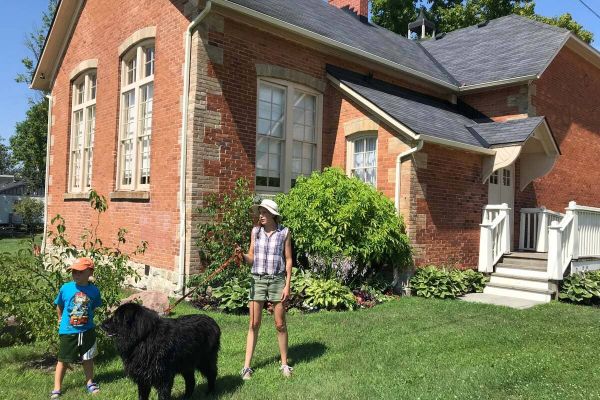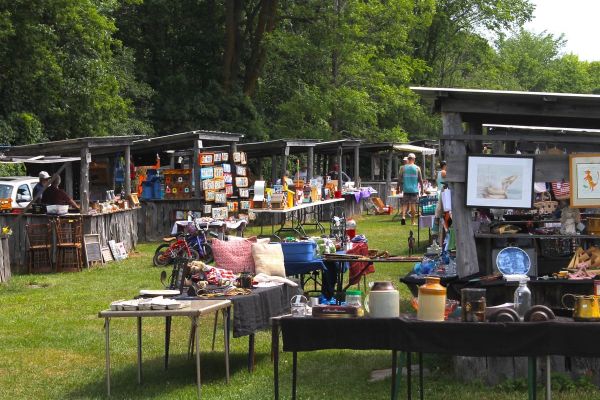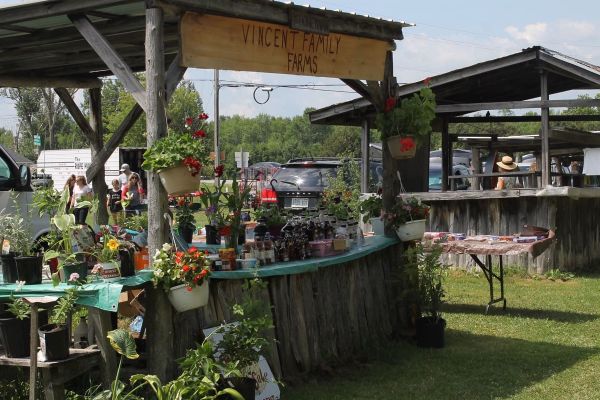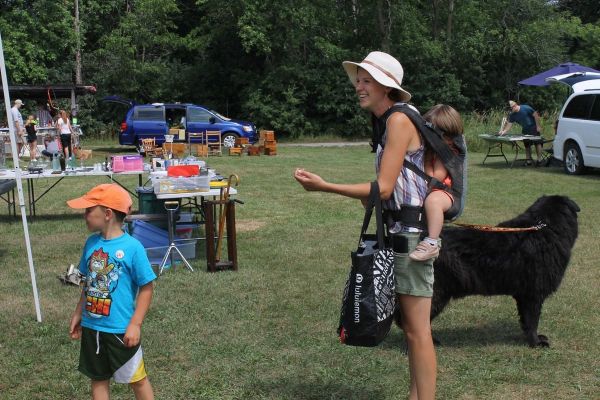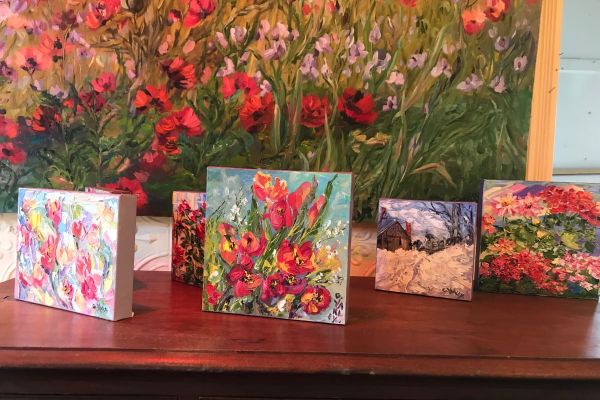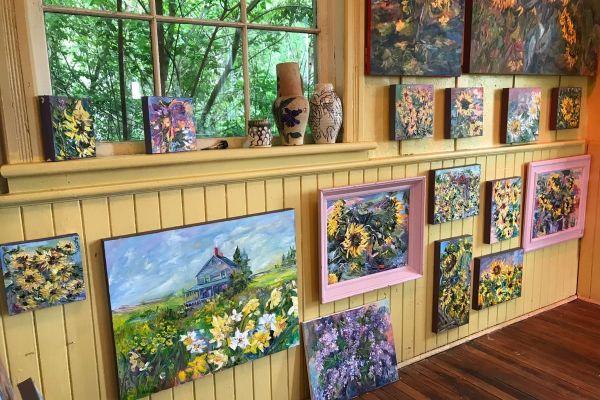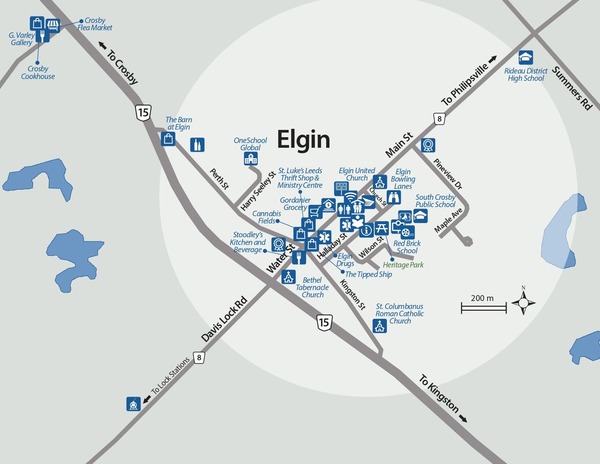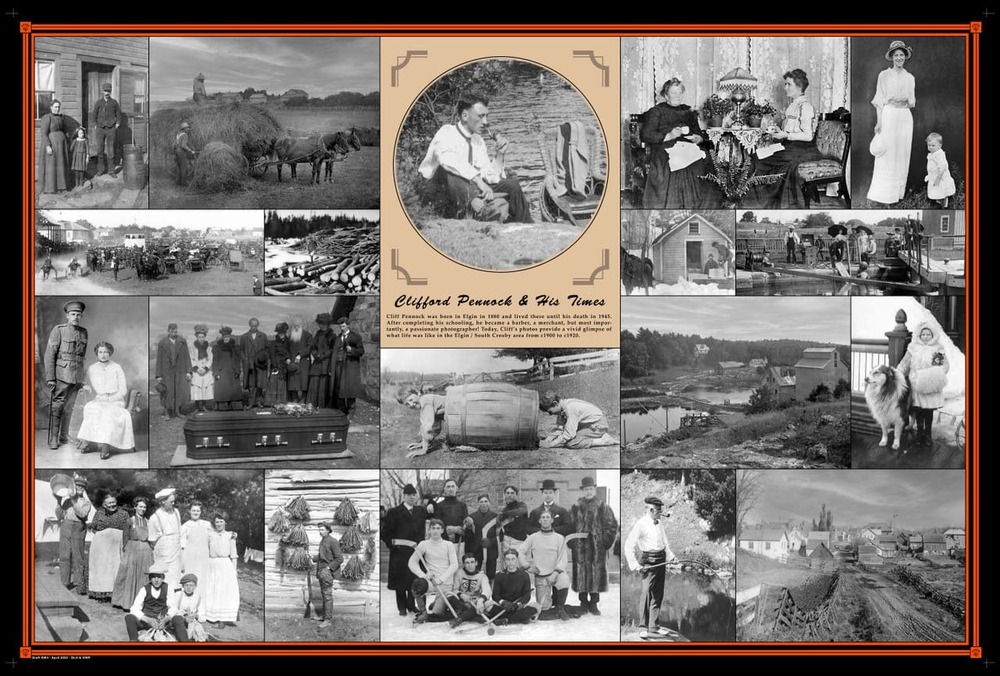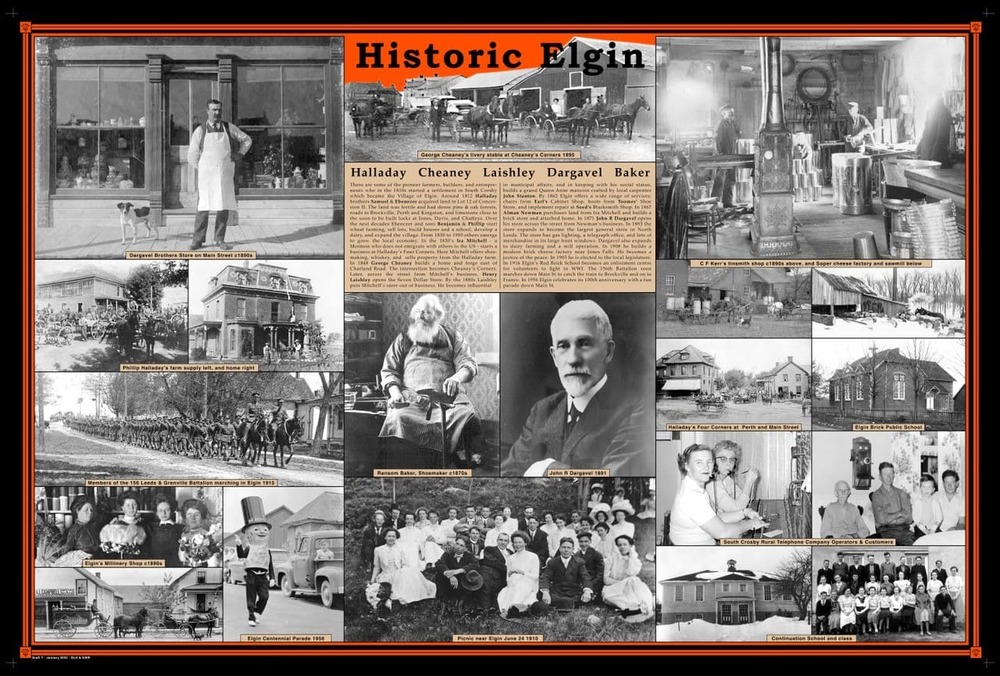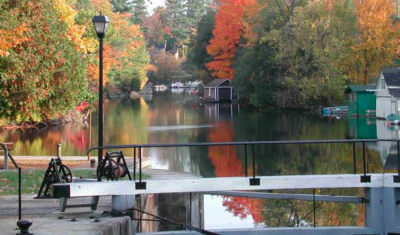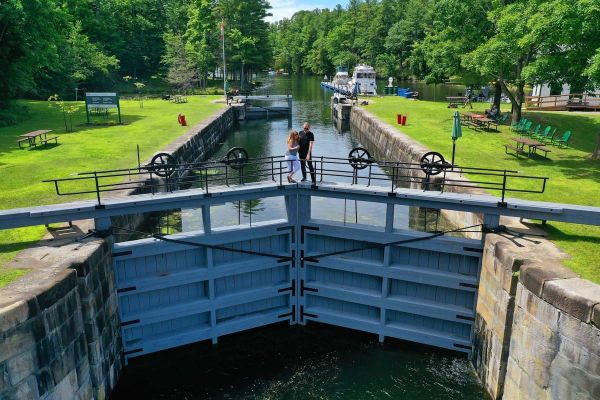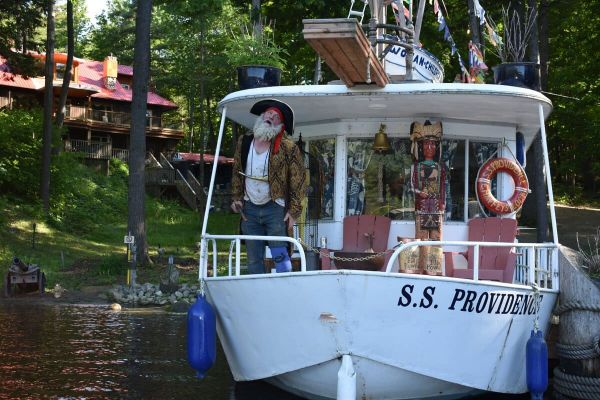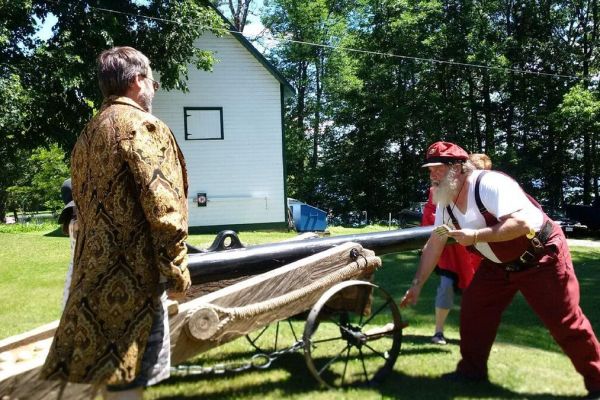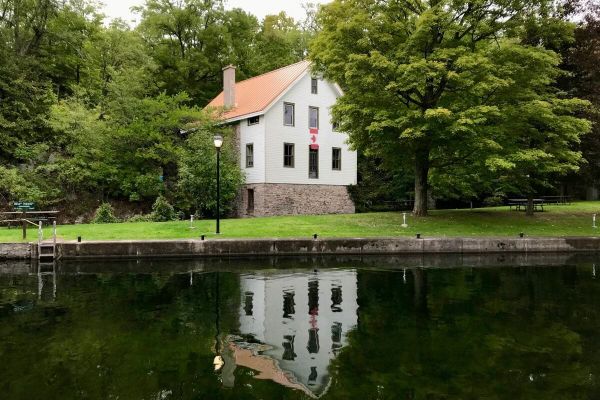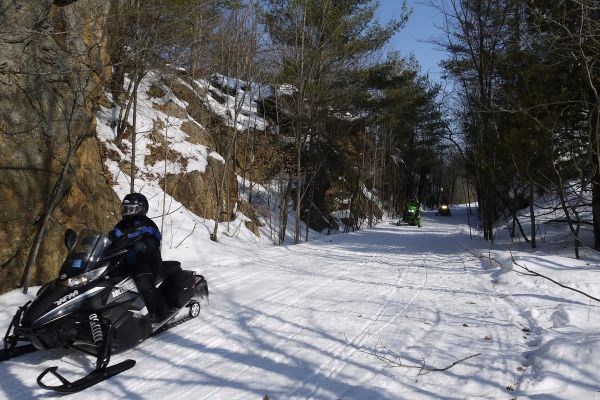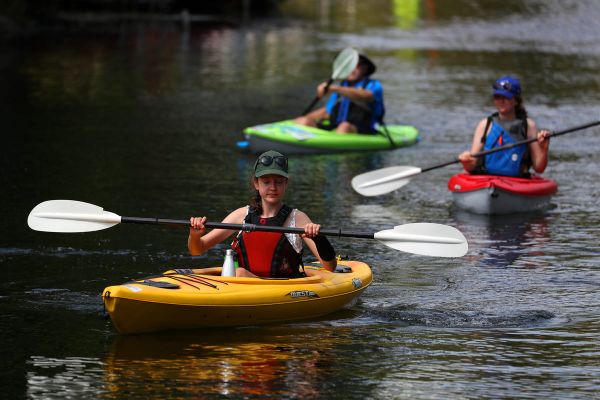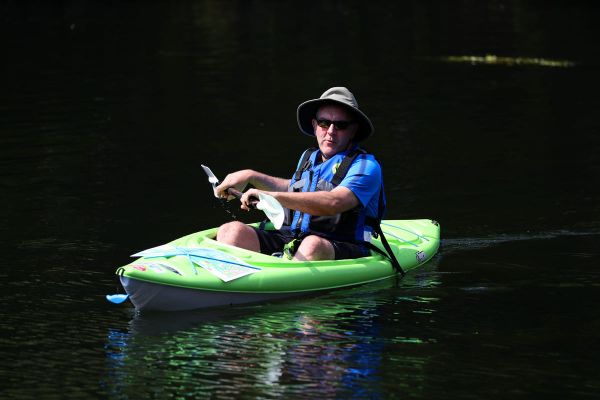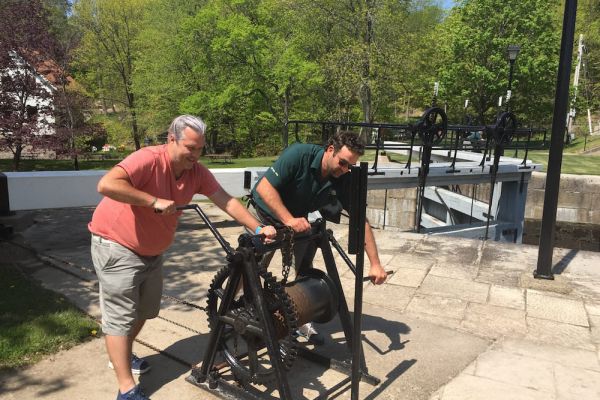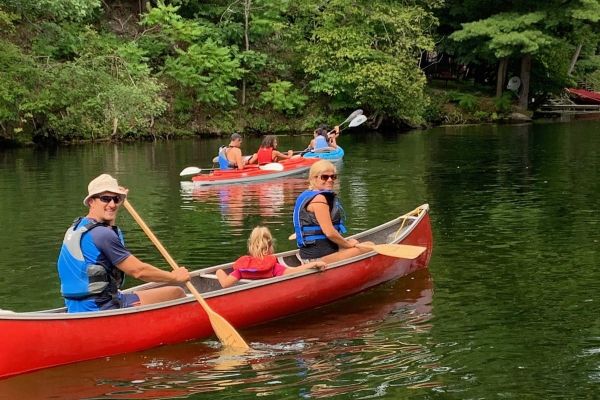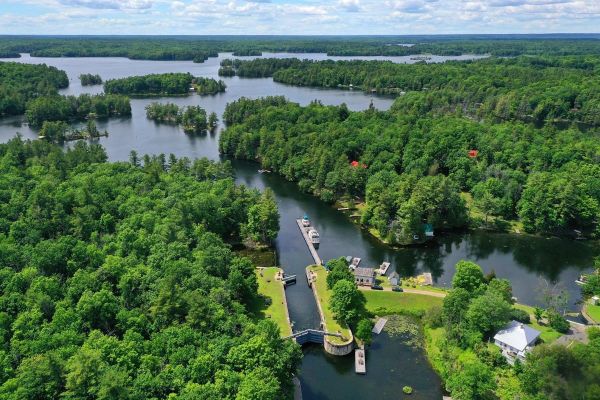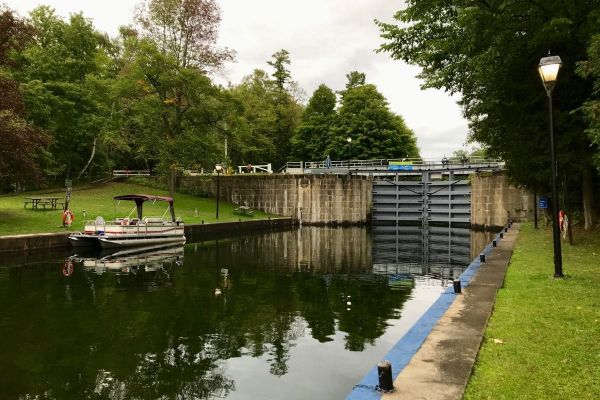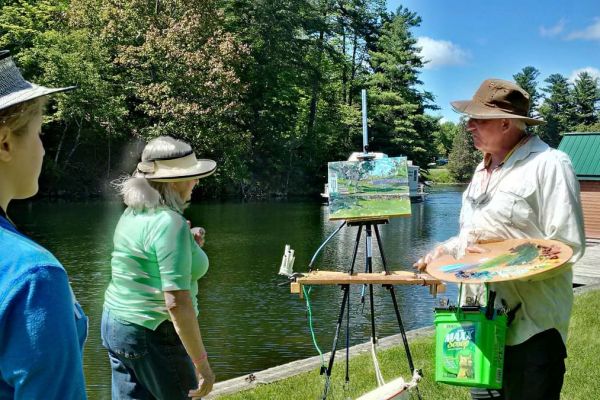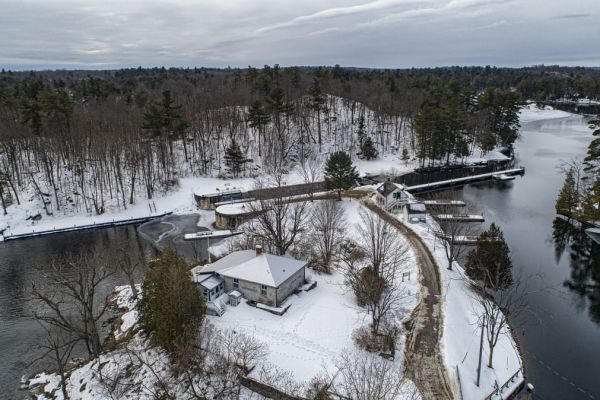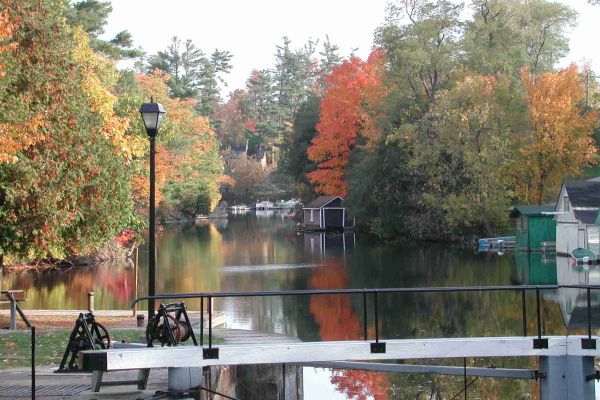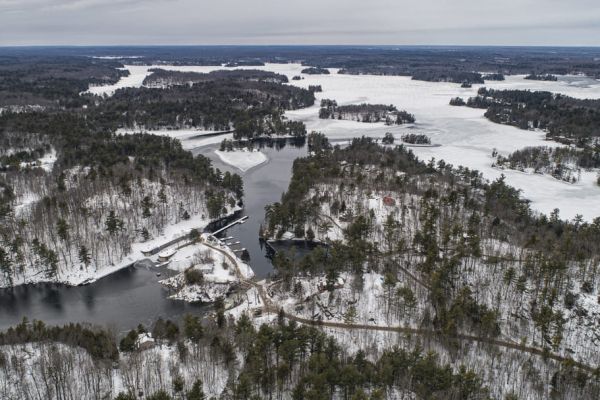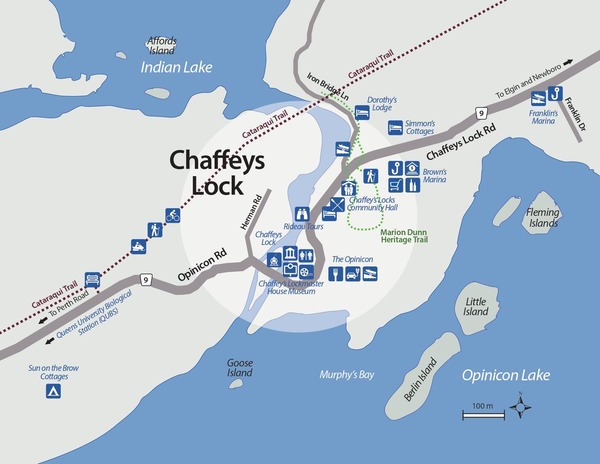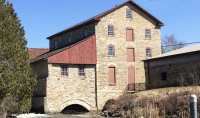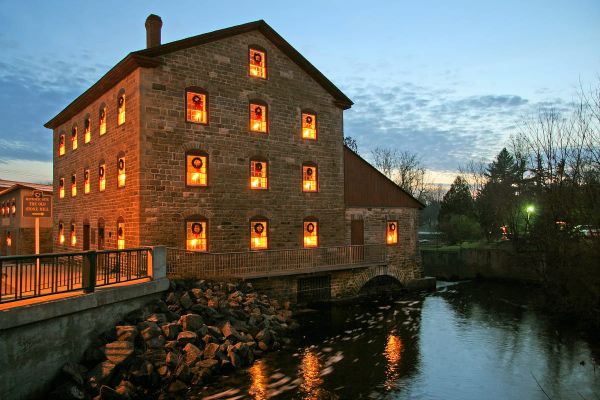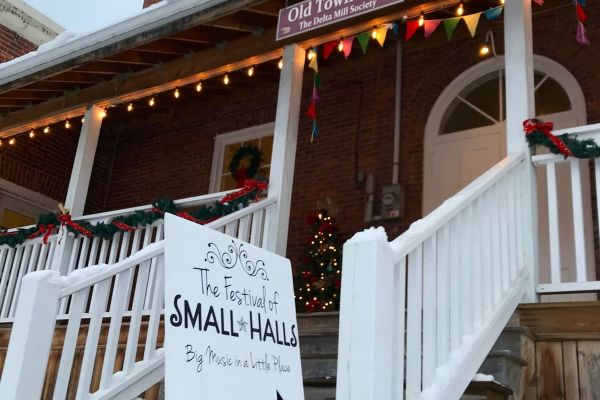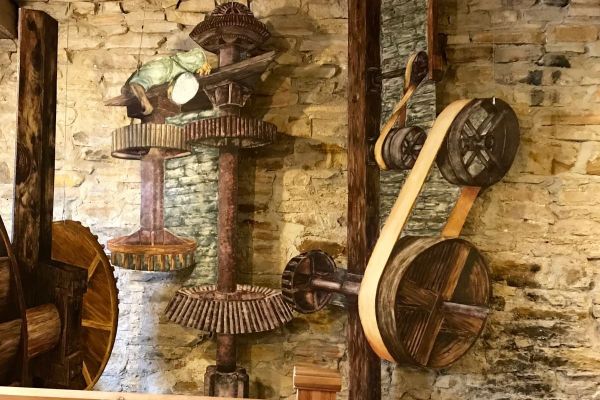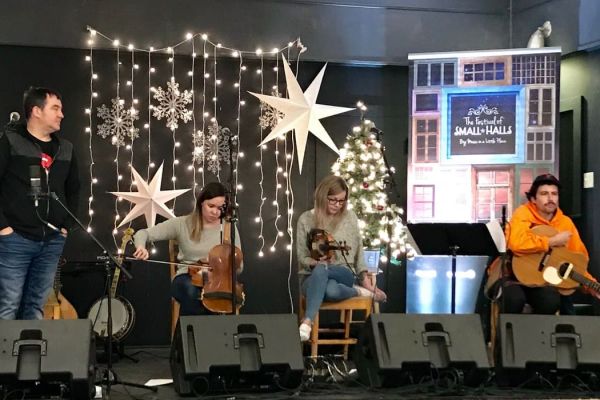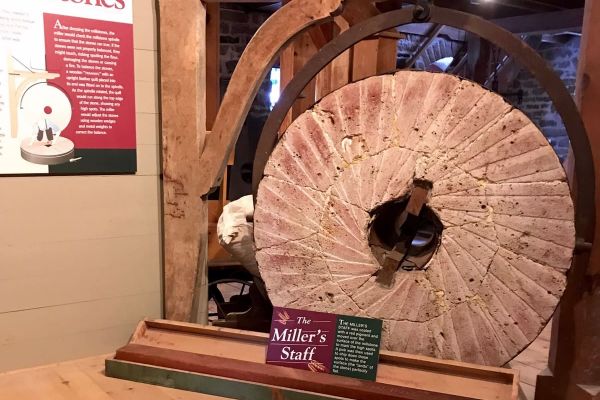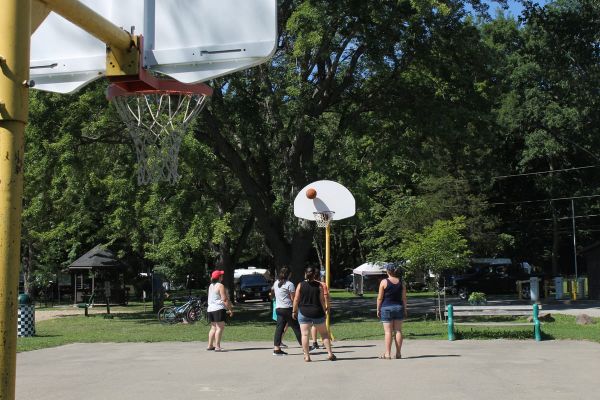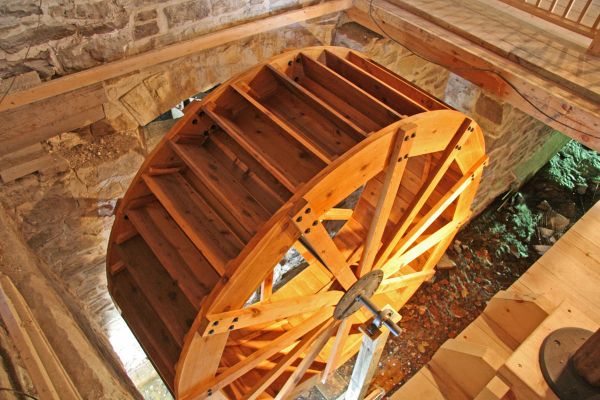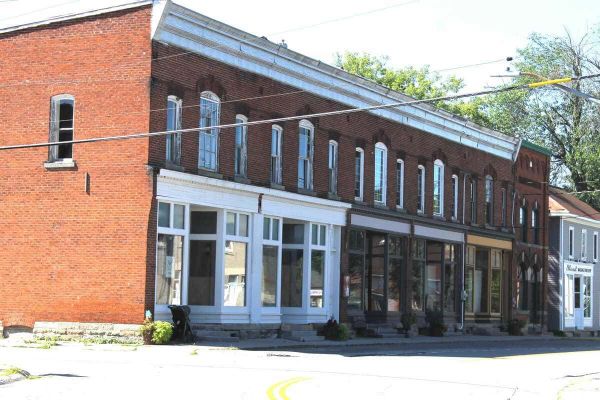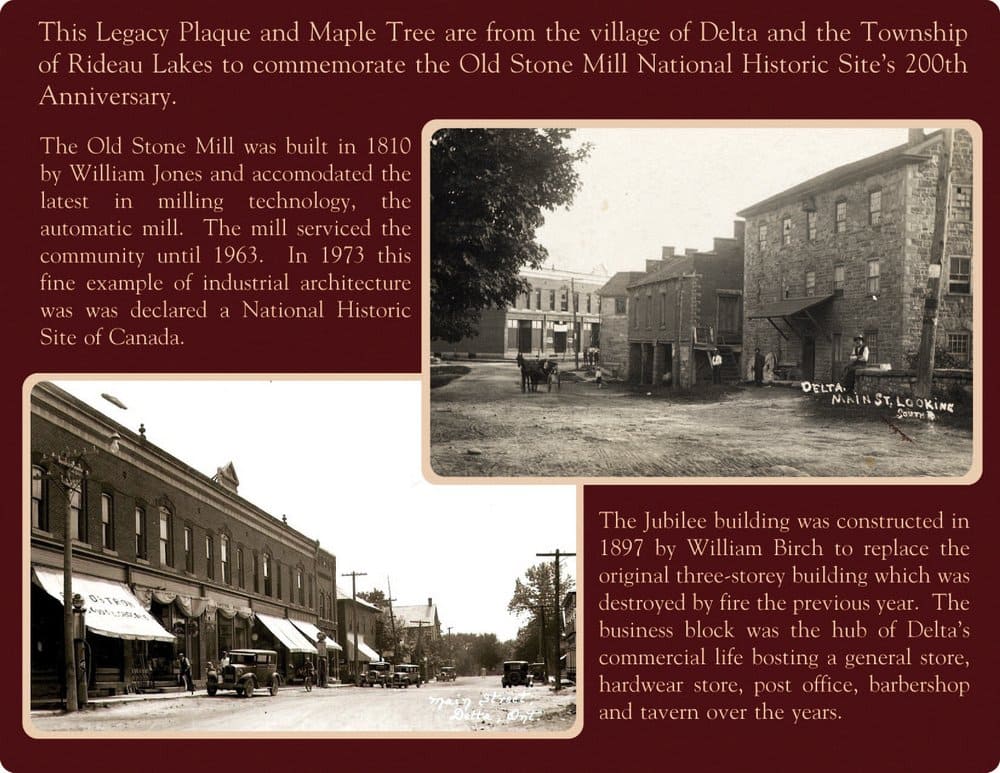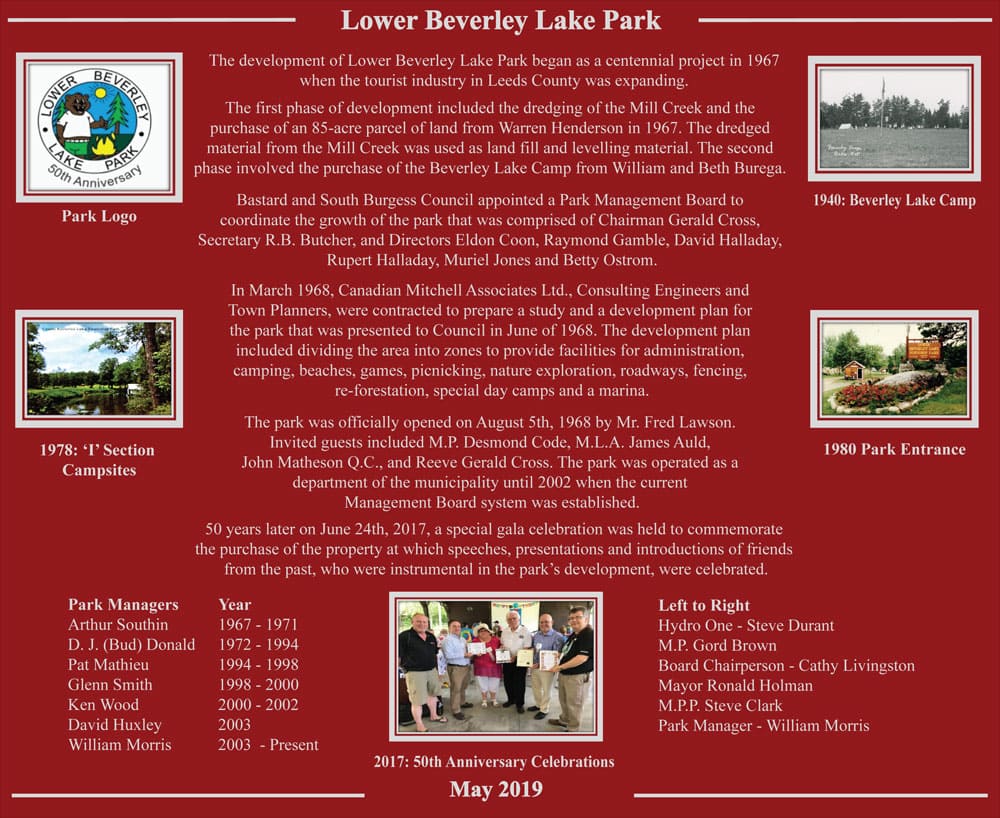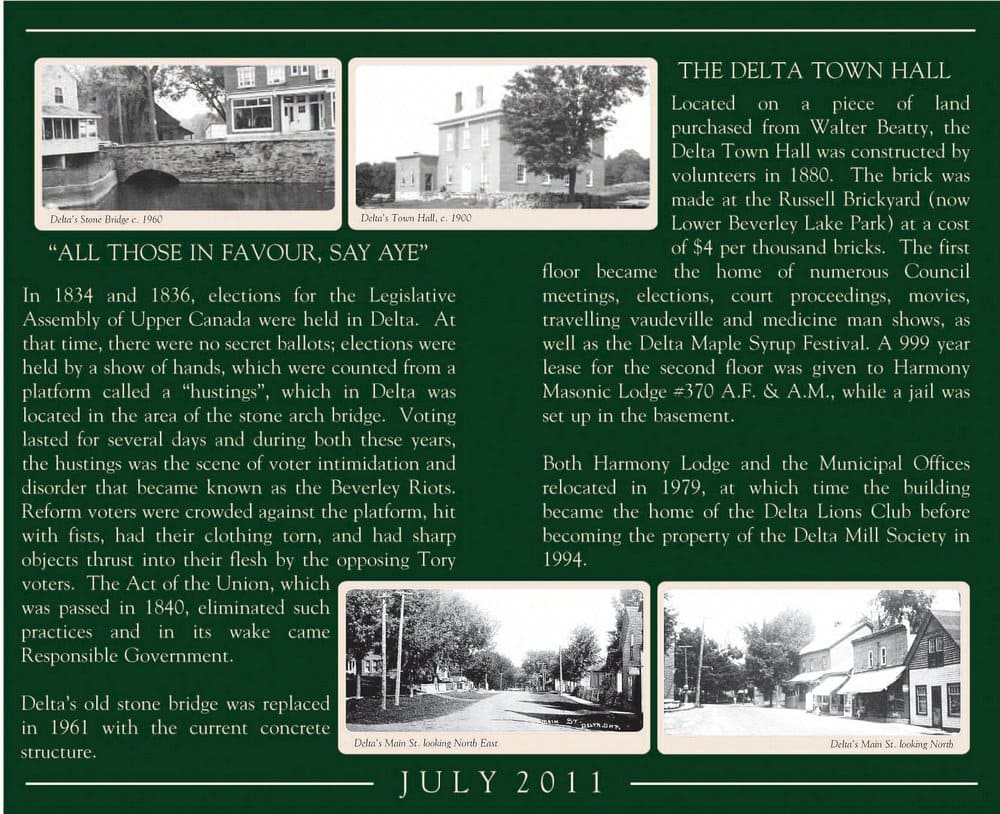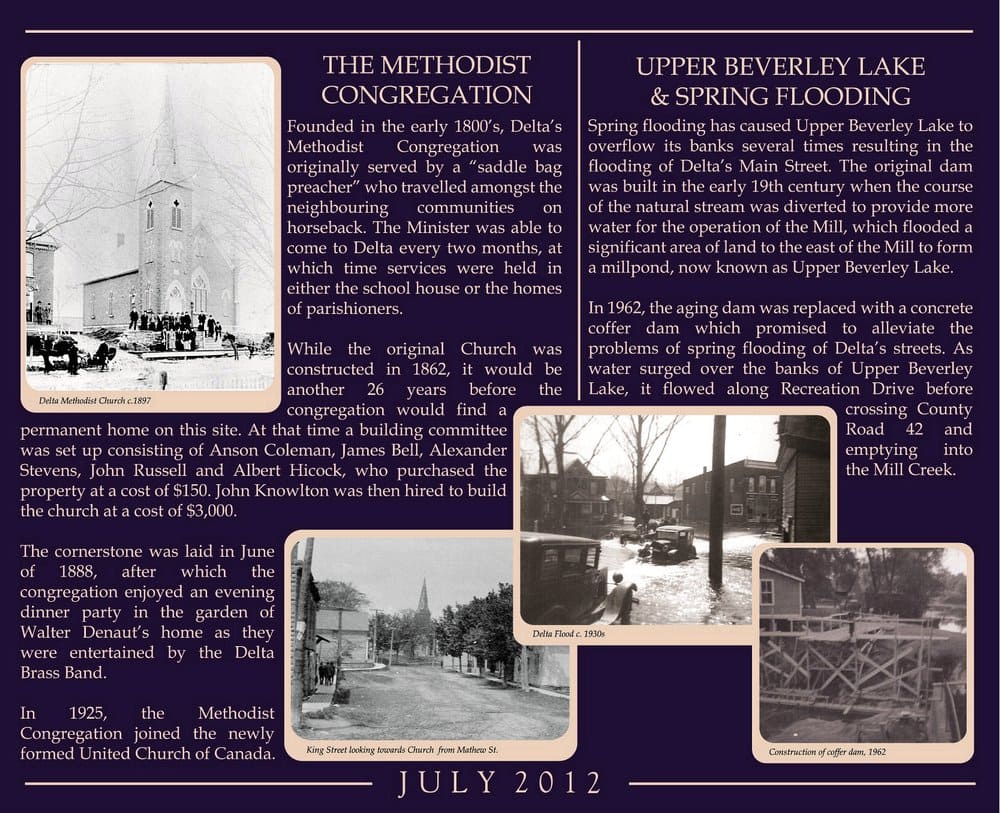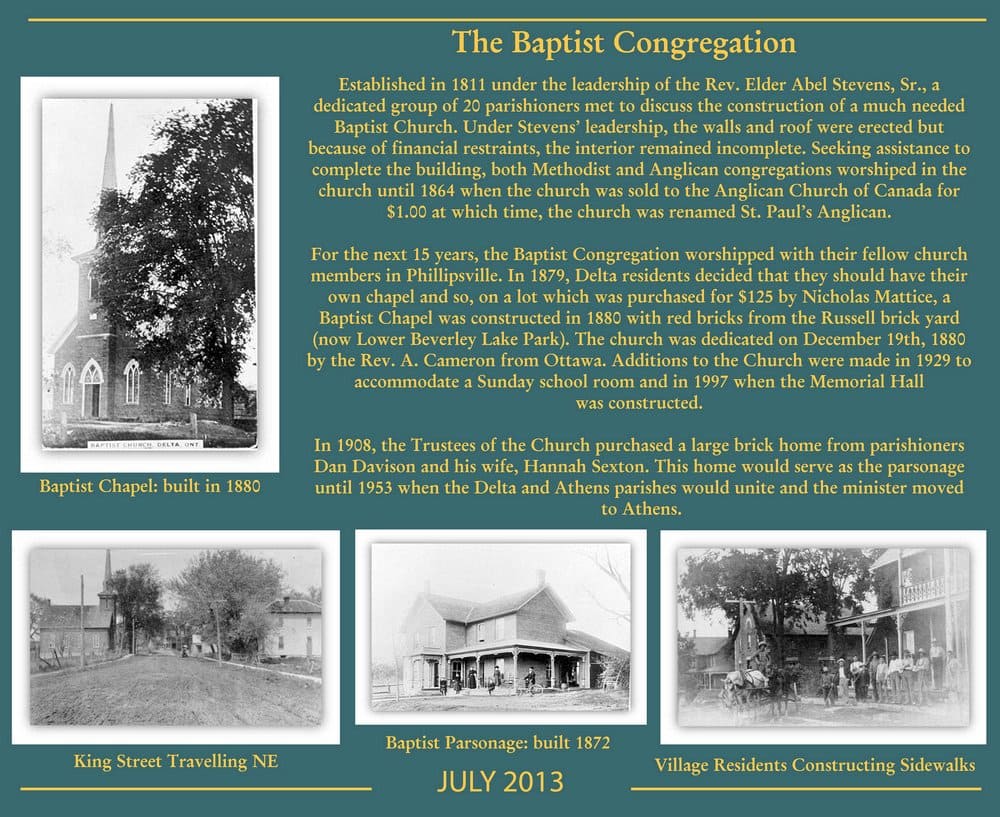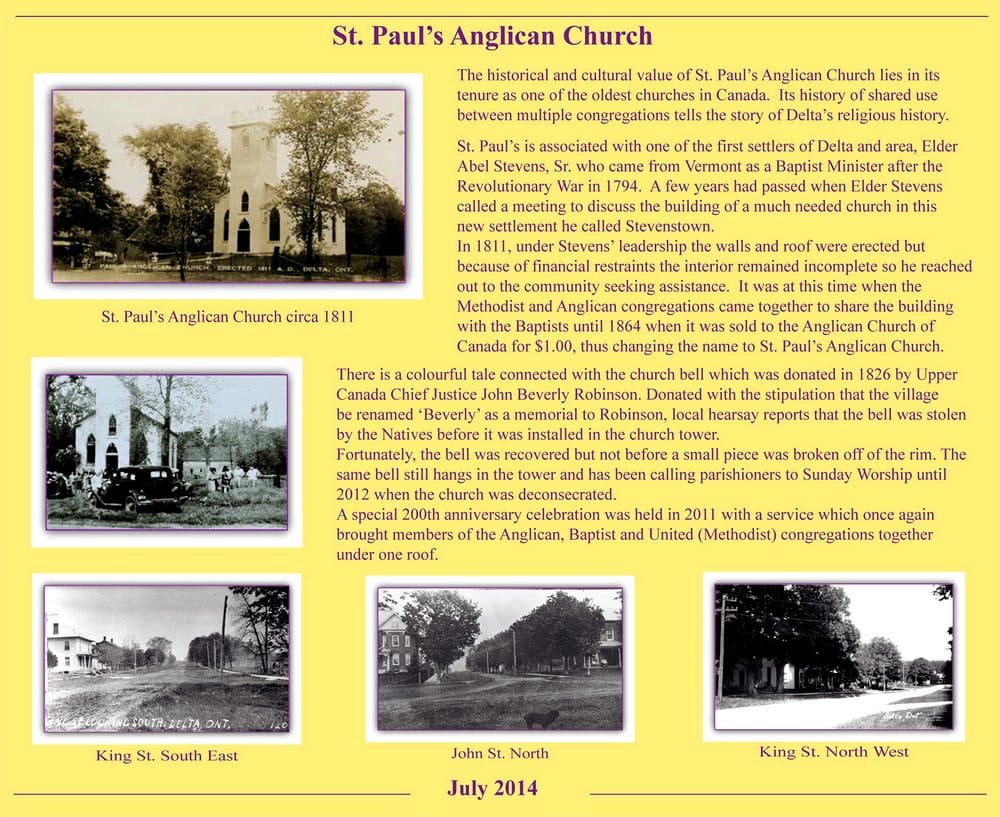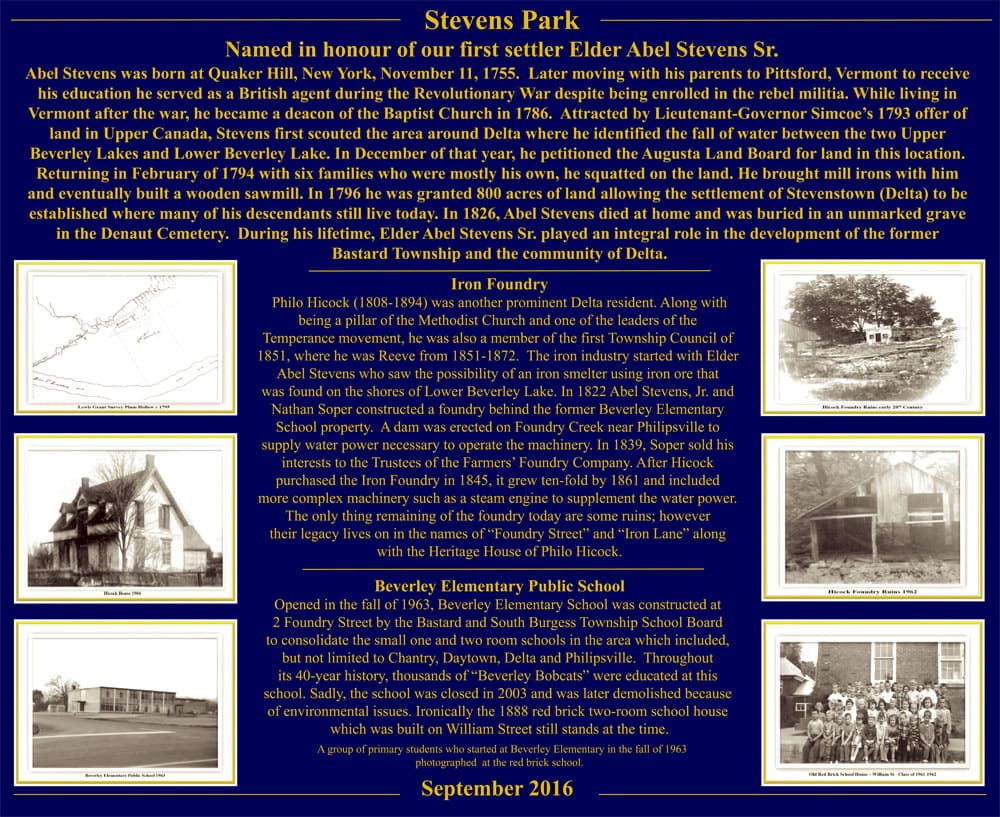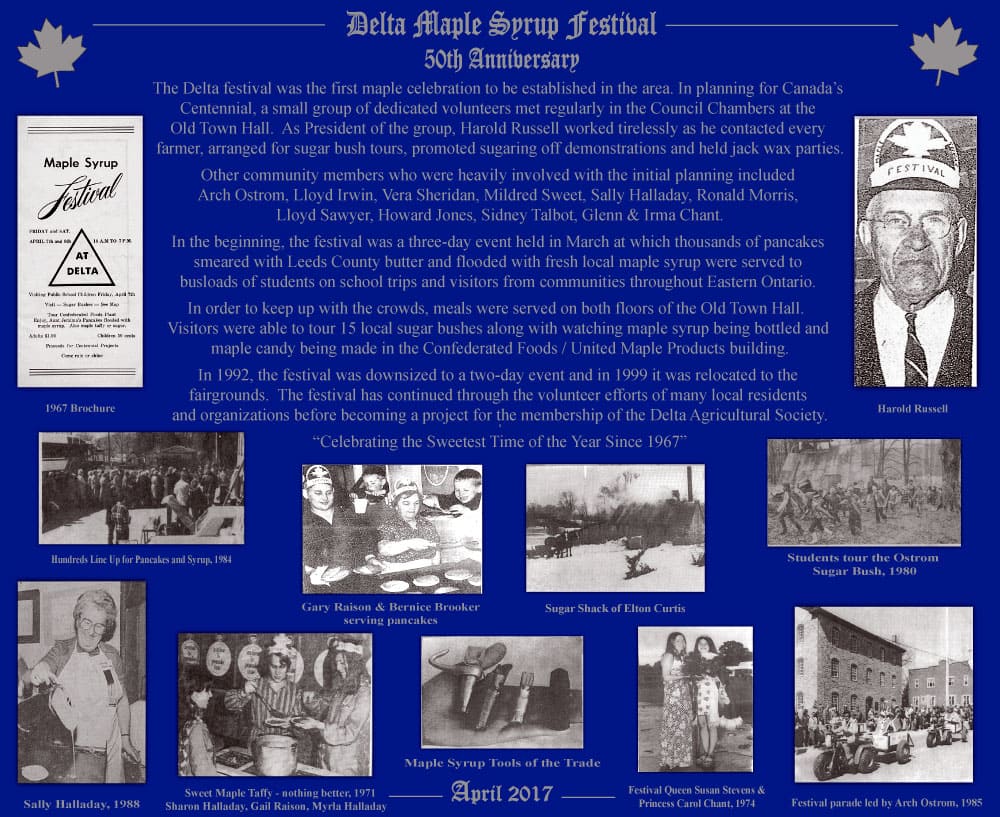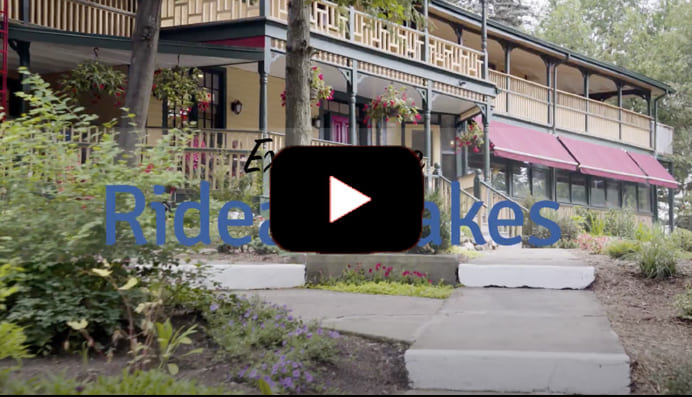
Discover (148)
Children categories

Villages (8)
Our Villages and Hamlets
Rideau Lakes is a community of Villages and Hamlets. Explore and learn about the landscape and the people. Each village and hamlet have a unique culture and story to tell. Whether you’re a visitor looking to discover your roots in the area, a family trying out an adventure on the water, or an urbanite seeking a safe and quiet, rural lifestyle… Rideau Lakes will find a place in your heart.
For thousands of years before European settlers arrived in what is now called Rideau Lakes, Algonquin speaking peoples, the Massasauga and proto-Hurons lived in these lands. Indigenous artifacts have been discovered around all of the lakes throughout this area, some that are more than 9000 years old. When the European settlers arrived, just over 200 years ago, the communities of Rideau Lakes were born.
 Rideau Ferry - Lombardy Picnic Guide
Rideau Ferry - Lombardy Picnic Guide
Click on the photo to begin the slideshow
The History of Rideau Ferry and Lombardy
Rideau Ferry
Originally called Oliver’s Ferry, the community was named after the legendary John Oliver, an early settler in South Elmsley Township. He exacted tolls from ferry travellers and their conveyances wishing to cross this narrow point on Rideau Lake, providing a more direct overland route between Brockville or Kingston, and Perth. In 1874, a bridge was built to provide a more dependable traverse from South Burgess to North Elmsley, from Leeds to Lanark. A swing bridge component allowed boat and barge traffic to pass on the Rideau Canal. By the 1890s, the function of the Rideau Canal was shifting from commerce to recreation. Rideau Ferry benefited with the construction of summer homes and cottages that dotted the south shore of what became known as the Lower Rideau Lake, to the east of the bridge. Many of these residences remain with the same families now, a century later. A cruise along the south shore, westward from Rideau Ferry is a venture into the past.
Lombardy
Lombardy, the community at the intersection of the Brockville – Perth Road and the Kingston to Perth Road is recorded under several names through its history, including Landon’s Corners, Landon’s Mills, and South Elmsley. But the name that persevered was that of a French soldier, Francis Lombarde who settled in the vicinity in the 1820s. A series of mills drew power from Otter Creek, and shops, smiths, taverns (for Saturday evening) and churches (for Sunday morning) were established. Charles Lombard opened the first Hotel.
Like much of the area, Lombardy saw an influx of Loyalist settlers in the first part of the 19th Century. Loyalist land grants included lots given to Peggy Shippen (Arnold), the second wife of Benedict Arnold, and her children. Property granted to the family included the area south of Rideau Lake including the property of the current Lombard Glen Golf Club as well as other lots near Otter Creek, east and west of Kellys Road. Other land grants to the Arnold family included lots along the south shore of lower Rideau Lake. The family did not settle in the area.
For many years, Lombardy served as the seat for the municipal council of South Burgess. Its churches still serve as social centres for the community, namely the Roman Catholic, the former United Church and the Anglican Church.
Several kilometres northwest of Lombardy is Poonamalie, the first lockstation west of Smiths Falls on the Rideau Canal. The lock was named after Poonamallee, the anglicized name of Poonthamalli near Chennai (Madras) in India. The area’s aromatic cedars reminded a British Royal Engineers army officer of Poonamallee in India where he had previously served. The dam at Poonamalie controls the water level in Lower and Big Rideau lakes. The beautiful lockmaster’s house here is one of three original structures still in use on the Rideau Canal today.
Historic Photographs of Rideau Ferry: Lakes and Islands, Times Past
 Jones Falls - Morton Picnic Guide
Jones Falls - Morton Picnic Guide
Click on the photo to begin the slideshow
The History of Jones Falls and Morton
Jones Falls
Countless moons ago, Indigenous people lifted their birch bark canoes from Sand Lake and portaged past roaring rapids, down a mile-long canyon to put into Whitefish waters and the Gananoque River to the St. Lawrence. Local land and landscape changed radically with the building of the Rideau Canal (1827-32). At this site, one of the greatest challenges of the canal’s construction was the building of a great arched dam, 19m. high and the largest of its time in North America. This dam held back the water of a much larger and deeper Sand Lake and provided navigable depth to the locks. The four massive locks could take steamboats and barges down to manmade Whitefish Lake, created by a dam built at Upper Brewers. This dam turned a seasonal river and marsh into a navigable body of water en route to Kingston. A defensible lockmaster’s house was added in 1841 to protect the canal and the region from invasion by the still-feared Americans to the south. From 1845, a resident blacksmith began hammering repairs to essential ironwork. The Jones Falls lock station has been kept largely the way it was in the 19th century and is one of the most attractive on the canal. The way-of-life of an early lock station has been vividly chronicled in the logbooks of Peter Sweeney, first lockmaster at Jones Falls. At the foot of Jones Falls is the legendary Hotel Kenney which has served shippers and travellers, fishers and vacationers, from 1888 to the present.
Morton
At one time called “Whitefish Falls”, George Morton purchased the water rights and the adjacent land in 1851. He registered a plan for a model village in 1857 and by 1861, had built saw-, grist- and plaster-mills, powered by Whitefish Falls. A garrison fort protected travellers and traders, smiths and families from feared Yankee invaders bent on Manifest Destiny. A warehouse beside Morton Bay transshipped Morton’s wealth down the Rideau while steamboats brought produce and travellers up Whitefish (Morton) Creek from Delta and Lyndhurst. Mr. Morton even added a model farm and cheddar cheese factory to his model community. But when the managers of the Rideau Canal needed water for locks, Morton’s model mills sat idle. After a couple decades of disappointment, Morton had to sell off his economic interests. Now, a century later, ghosts and a few beautiful buildings persist from his visions. His brick schoolhouse, built in 1853, was design to incorporate the most current of educational philosophy and hexagonal design. Used as a school until 1900, then as a residence, “The Pimple” survives as one of the most unique buildings in our Township. Also surviving is George Morton’s General Store, the oldest of its type in the Township, serving the neighbourhood until recently from the time of its construction in 1855. The Amos Judd House was also built in 1855, and occupied and later owned by Amos Judd, agent for Morton’s many business interests. The James Manuel house, built in 1858, is very similar in design to the Judd house, with the same distinctive wide gable. Its brick cladding was later covered with stucco. Now, instead of rumbling mills, Morton radiates wonderful flat-water routes for canoe and kayak in four cardinal directions.
Storyboard:

Podcast: Story of the Morton Pimple
Historic Photographs of Morton: Lakes and Islands, Times Past
Click on the photo to begin the slideshow
Set on Big Rideau Lake, Portland has been a boating community for hundreds of years. Very welcoming to boaters, you will find waterfront dining, cafes, a pizzeria, an art gallery and shops including grocery, spirits, post office and a bank within walking distance of the harbour and marinas.
The Portland branch of the Rideau Lakes Public library offers public washrooms and free wifi. Outdoors, enjoy beautiful Hanna Park, a children’s playground, swimming at Portland Community Beach or venture to the Cataraqui Trail offering 104 kms for cycling or nature walks just east of the village. The Emmanuel Heritage Centre (formerly Emmanuel Anglican Church 1861) built of fine local sandstone at the crest of Portland Hill, stands as the landmark of the village.
For more detailed information about visiting Portland, see the article: Boat into Portland
The History of Portland
Several fine buildings mark Portland’s evolution as a community of faith, home and business. The Gallagher Bank Building, erected in 1903 is a classic example of bank architecture of that era. The Polk Store, built in 1891 and the Toffey House, built in 1892 manifest the prosperity of the village at the turn of the 20th century. But the landmark of Portland is Emmanuel Anglican Church building. Erected in 1861 of fine local sandstone, the community now seeks new purpose for this stately building at the crest of Portland Hill.
Albert Gallagher House
14 Water Street, Portland
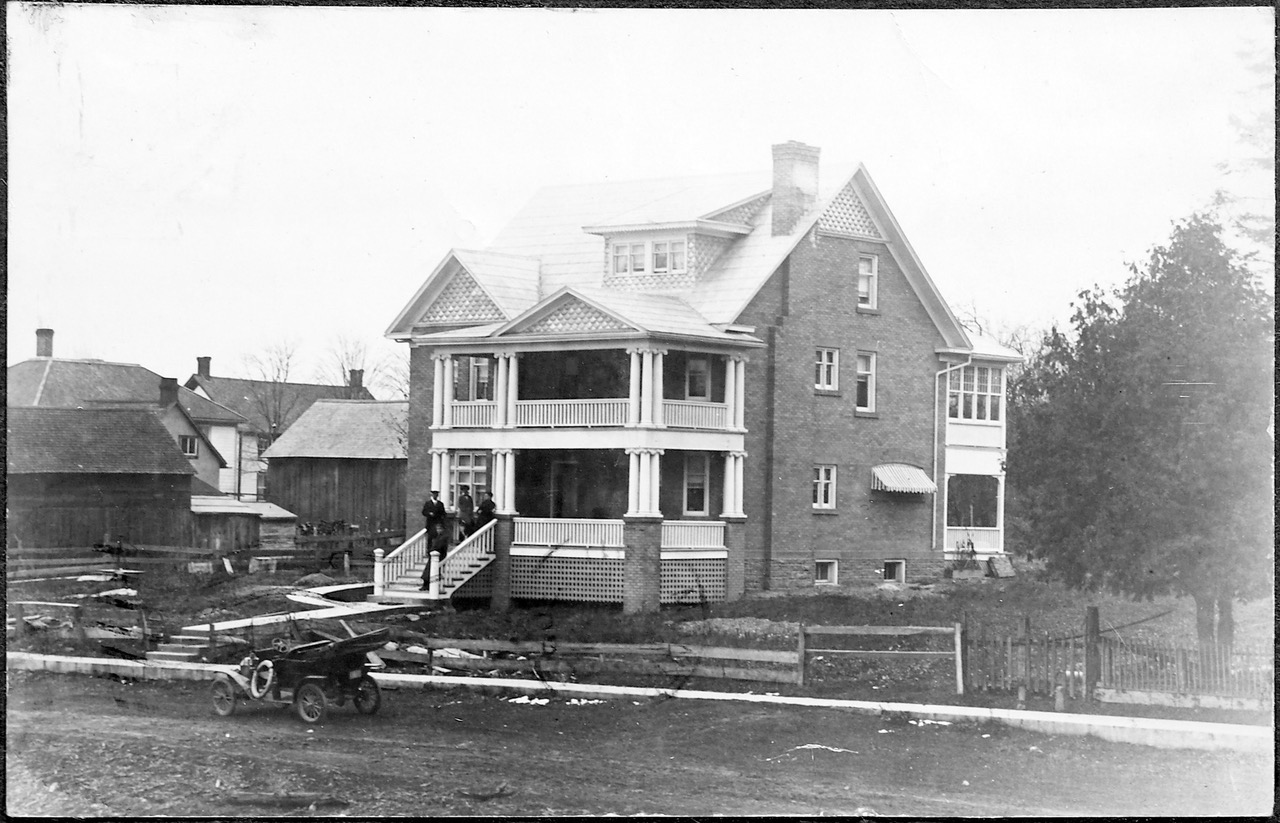 The property at 14 Water Street is the former site of the Albert Gallagher House.
The property at 14 Water Street is the former site of the Albert Gallagher House.
Albert Gallagher, at one time, held title to approximately 15 homes in the village of Portland. At the turn of the century, Gallagher built several of the buildings in Portland around this corner of town, including a store across the street at 19 Water Street, a warehouse at the foot of Main Street at 19A Water Street, the Albert Gallagher Bank Building (1903) at 11 Water Street, a few buildings on Main Street, and a historic steamboat wharf on the Big Rideau.
Gallagher was arguably responsible for Portland’s heyday as a thriving tourist destination for the Rideau waterway steamboat cruises at the turn of the century and could be considered the founder of Portland’s water-based tourism.
On the same lot is the site of the demolished Peter Bresee house. This former home is associated with an earlier, pre-confederation era of Portland’s history that developed in the wake of building the Rideau Canal. It is historically linked to the hamlet’s oldest documented extant building from that era; the circa 1830’s former Bresee store, across the street at 17 Water Street.
Still existing on the property is a ‘carriage house’; a cast concrete block structure (c. 1920s).
Historic Photographs of Portland: Lakes and Islands, Times Past
Latest Issue of the Portland Lantern
A small community located on County Road 42, Newboro is a popular destination spot for anglers wishing to land one of the many Largemouth Bass that inhabit Newboro Lake. Located adjacent to the Newboro lock station on the Rideau Canal, Newboro is also a popular stop for boaters. It is a good place to shop or to dine at one of the local restaurants or inns.
Newboro is the site of one of the four blockhouses built by Colonel John By to protect the Rideau. Whether you come by boat or by car, the lock station is a nice place to stop, get out, and stretch your legs. Also, check out the Newboro Loon, located in "downtown" Newboro.
Click on the photo to begin the slideshow
The History of Newboro
During the construction of the Rideau Canal, it was necessary to dig a two-kilometer-long channel to span the isthmus that separated Rideau Lake from Mud (Newboro) Lake. This channel linked the navigable waters of the Rideau River System, which flows northward to what later became Ottawa, with the Cataraqui River System, which flows southward to Kingston, the St. Lawrence and Great Lakes. This cut through the isthmus proved to be one of the most difficult works undertaken in the building of the canal as it necessitated excavation through the ridge of limestone and Canadian Shield granite that formed the height of land separating these two river systems. Many lives were lost to accidents and swamp fever (malaria), and several contractors went bankrupt. Ultimately the excavation was completed under the supervision of the 7th Company of the Royal Sappers and Miners between 1829 and 1832, allowing boats to travel the length of the canal from Ottawa to Kingston. The lock station at Newboro was originally called “The Isthmus”.
A community grew up on the east side of the canal where a toll ferry, and later a bridge, took travellers across the channel. A block house or fort was added and garrisoned for several decades against feared Yankee invasion. Today, Newboro Lock is one of only three in the Rideau System that has hydraulically-operated steel gates.
Located at the junction of the canal, a ‘stone road’ and later a rail line, Newboro thrived and grew as a meeting and commerce centre through the 19th century. Although it suffered several devastating fires, many of Newboro’s original buildings survived. Today, they anchor the character of this community as part of the Rideau Canal – UNESCO World Heritage Site and its reputation across North America as a mecca for recreational fishing in summer, festivities on snow and ice in winter, and shopping all year round.
Storyboards
View two Newboro Storyboards: 1. Historic Newboro and 2. Newboro - Historic Centre for Sport Fishing.
Click on a plaque to enlarge
Documentary Film: The Rideau Canal: The Big Breakthrough
Historic Photographs of Newboro: Lakes and Islands, Times Past
Click on the photo to begin the slideshow
The History of Elgin
The land on which the community of Elgin grew was first settled in the very early 1800s by farmer-landowner Ebenezer Halladay. For its first decades, it was called “Halladay’s Corners.” Even though the Rideau Canal was constructed some distance away, its construction brought dozens of quarrymen and teamsters to a camp near Halladay’s Corners where they quarried thick strata of Cambrian sandstone. These ashlars were transported to Jones Falls for the construction of the great dam and locks, as well as the locks at Davis and Chaffeys.
In 1841, Mormons from the United States converted many local people to the Mormon faith, and many of these joined the exodus through Illinois to Salt Lake City in 1849. But shopkeeper Ira Mitchel stayed, and for some years succeeded in calling his community here in north Leeds “Nauvoo” after the Mormon community in Illinois by the same name, meaning “beautiful place.”
In 1850 a post office was established and the growing farming community was officially named after the Eighth Earl of Elgin, James Bruce, Governor General of Upper Canada, 1847–1854.
Throughout the latter half of the 19th century, Elgin prospered to become the most prominent village in South Crosby Township. It was, and remains, a thriving service centre for farmers, commuters, summer residents and visitors to the surrounding lakes.
Watch the Documentary: Yours Truly, Clifford Pennock
Listen to the Podcast: Story of the Elgin Quarries
Look at Historic Photographs of Elgin: Lakes and Islands, Times Past
Elgin is situated just off Highway 15, in the heart of corn country. It offers many services for both the visitor and local resident. There are three churches in town, a library, a public school and a regional high school. The local population is about 300 but, in the summer, Elgin serves as the hub for several thousand cottage residents.
Elgin Days is an annual festival with a parade, flea market, barbecue and more. It is usually held on the second weekend of July.
Storyboards
View three Elgin Storyboards: “1. The Artistry of Clifford Pennock” , “2. The World of Clifford Pennock", and “3. Historic Elgin”.
Click on a plaque to enlarge
The Amazing World of Clifford Pennock
A feature documentary on the life and photographic art of Clifford Pennock. Born in Elgin Ontario in 1880, he became the "Karsh" of his times. He brilliantly captured life in South Crosby in the early decades of the 1900s.
The program has 8 chapters:
- Meet Clifford Pennock @ 02:03
- Sport Fishing @ 06:53
- The Portraits @ 10:14
- Landscapes @ 17:09
- The Children @ 21:58
- Darkroom Magic @ 26:53
- South Crosby Life @ 30:30
- A Master Beyond His Times @ 40:53
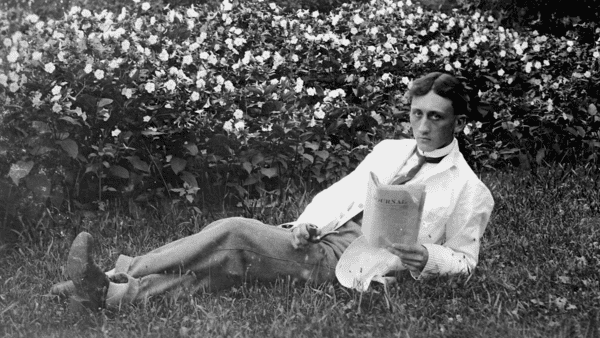
The History of Chaffeys Lock
Samuel Chaffey, descendant of a family of woolen manufacturers from Somerset, England, came to Canada with several relatives in 1816. In 1820, he established a successful milling business at the outlet of Indian Lake where the water fell 13 feet (4 m.) in a river leading to Opinicon Lake. By 1829 when Sam Chaffey died of swamp fever (malaria), his milling complex consisted of grist, carding and lumber mills and a distillery, serving an evolving farming hinterland. The construction of the Rideau Canal necessitated the demolition of Chaffey’s mills to make way for the building of the lock and dam. Colonel By purchased the mills from Chaffey’s widow, Mary Ann and his brother, Benjamin. The contracted work was done by John G. Haggart and completed in 1831, and a maze of swamps was transformed into a navigable and picturesque Newboro Lake. Today, Chaffeys Lock is a thriving cottage and tourist community centred with its lock station and its famous resorts that attract tourists from around the world.
Watch the Documentary Film: Fettercairn WWI on Indian Lake
Listen to the Podcast: Story of Tree Fishing in Chaffeys Lock
Look through Historic Photographs of Chaffeys Lock: Lakes and Islands, Time Past
Click on the photo to begin the slideshow

Chaffeys Lock Picnic Guide
Delta has a beautiful natural rural landscape, is rich in heritage, and is located in the centre of the Frontenac Arch Biosphere, between two pristine lakes.
Click on the photo to begin the slideshow
Currently the village has a library and a recreation centre that includes a rink, tennis court and offers other sports. Lower Beverley Lake Township Park is a family park and offers lots of room for family camping, cottages for rent, a beach and a boat launch, a great playground for children and the village ball diamond.
In early April, the Delta Maple Syrup Festival (1967) celebrates that sweet local nectar, maple syrup.
At the end of July, the Delta Fair (1830), one of Canada's oldest fairs, (now 190 years old) is held. Originally an agriculture fair, it has expanded to include many fun activities for the whole family and is a social hub and homecoming. Its agricultural roots remain with events such as home craft judging, tractor pulls, horse pull and shows and the ever popular Midway.
The last Saturday in September is the Harvest Festival (since 2015) centered on the Old Stone Mill with lots of local produce, crafts, and hot apple cider.
Winter brings Delta’s Yuletide Magic of Lights – beginning the last weekend in November and every evening throughout to the New Year the Old Stone Mill is beautifully lit with “candles” and thousands of Christmas lights are on display throughout the village of Delta.
Along with the Fair and Festivals, Delta has many other attractions and organizations like the United & Baptist Churches, St Paul’s Community Centre, Branch 207 of the Royal Canadian Legion and Auxiliary, Delta Fire Station, Delta Mill Society and many other groups in the community who work together to ensure the success of continuing major events. This vast volunteer network always has room for newcomers.
The main attraction in Delta is the Old Stone Mill, built in 1810, now a museum and a designated National Historic Site of Canada that brings people from all over the world. The Mill has been completely renovated and had working millstones installed for its 200th anniversary in 2010. It is open to the public from Victoria Day weekend to Labour Day and on special events, where it continues to grind and sell locally grown heritage Red Fife wheat, offers interpretation, exhibits and employs local students annually to conduct guided tours.
There are public boat launches on both the Upper and Lower Beverley Lakes and access to the UNESCO Rideau Canal is nearby (at Portland and Newboro).
Local services within the Township of Rideau Lakes include Country Roads Community Health Centre and several pharmacies. The urban centres of Kingston, Brockville, Smiths Falls and Ottawa are close by for hospitals, shopping and entertainment.
Enjoy delightful walking tours of the village, cycling routes through the scenic countryside and quality paddling on both Upper and Lower Beverley Lakes.
The residents of Delta have always taken pride in their community and no more so than with the creation of the Delta Community Improvement Committee who after the last restaurant closed, decided it was time to revitalize the community. A marketing strategy created the DO Delta Ontario logo, web site and Face Book page. The DCIC’s current project is the Delta Waterfront Project, right in the heart of the community, and across from the Jubilee Block, which is in the process of restoration.
This park will bring a sense of place to the main hub of our community. There will be an accessible ramp so everyone can meander down to the waterfront to just sit by the water or access a boat. There will be better and more stabilized docking, a kayak launch, and an Amphitheatre. Boaters will once again be able to come up the Delta Creek and dock their boats to access the local businesses, community services, and heritage destinations.
Delta is a destination that calls people home and welcomes others to come and see!
Delta is located on traditional Anishinaabe territory. In February 1794, Able Stevens, a United Empire Loyalist from Vermont, led several families into the area, settling on Plum Hollow Creek. The area was unsurveyed at the time, but after the establishment of Bastard Township, Stevens, in June 1796, was granted land, including the area of today’s village of Delta. Although initially known as Stevenstown, after the opening of the Old Stone Mill in 1812 (built 1810-11), the small village became known as Stone Mills. In 1827 the name was changed to “Beverley” after Chief Justice John Beverley Robinson who donated a bell to the Anglican Church. The name was officially changed to Delta in 1857, since the triangular area between the lakes resembled the Greek letter delta.
Delta prospered as a farming and industrial village, which supported pioneer trades, general stores, smiths, hotels, churches, carriage works, a distillery, brickyard, foundry, cheese factory, tannery, newspaper and even a hospital. For more information about our history please visit www.deltamill.org or www.deltaontario.com.
Documentary Film:
Beverley Riots and a Death in Philipsville
Historic Photographs of Delta:
Video:
Milling Demonstration by Chris Wooding at the Old Stone Mill
Read the Latest Delta Pilot
Experience
Rideau Lakes
Located a short drive from downtown Ottawa, the Township of Rideau Lakes is a rural community that includes a number of villages and hamlets, each with its own identity.
Each community within Rideau Lakes has something to offer. Portland is the gateway to Big Rideau Lake. Newboro is considered a haven for anglers. Local residents and visitors agree Chaffey's Lock offers water access in one of the region's most tranquil settings. Delta boasts the Old Stone Mill, a National Historic Site of Canada built in 1810. Elgin is considered the township centre for shopping. Smaller villages and hamlets are Chantry, Crosby, Forfar, Lombardy, Morton, Plum Hollow and Philipsville.
Connect with us on Facebook


















